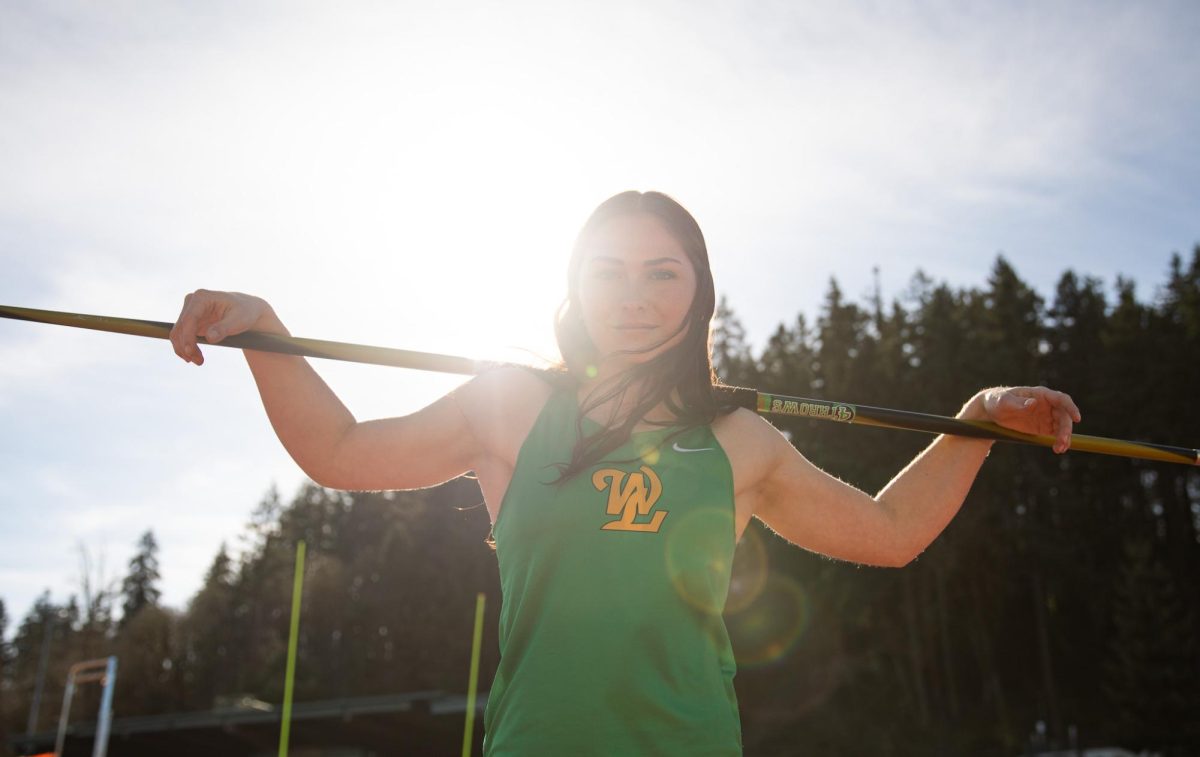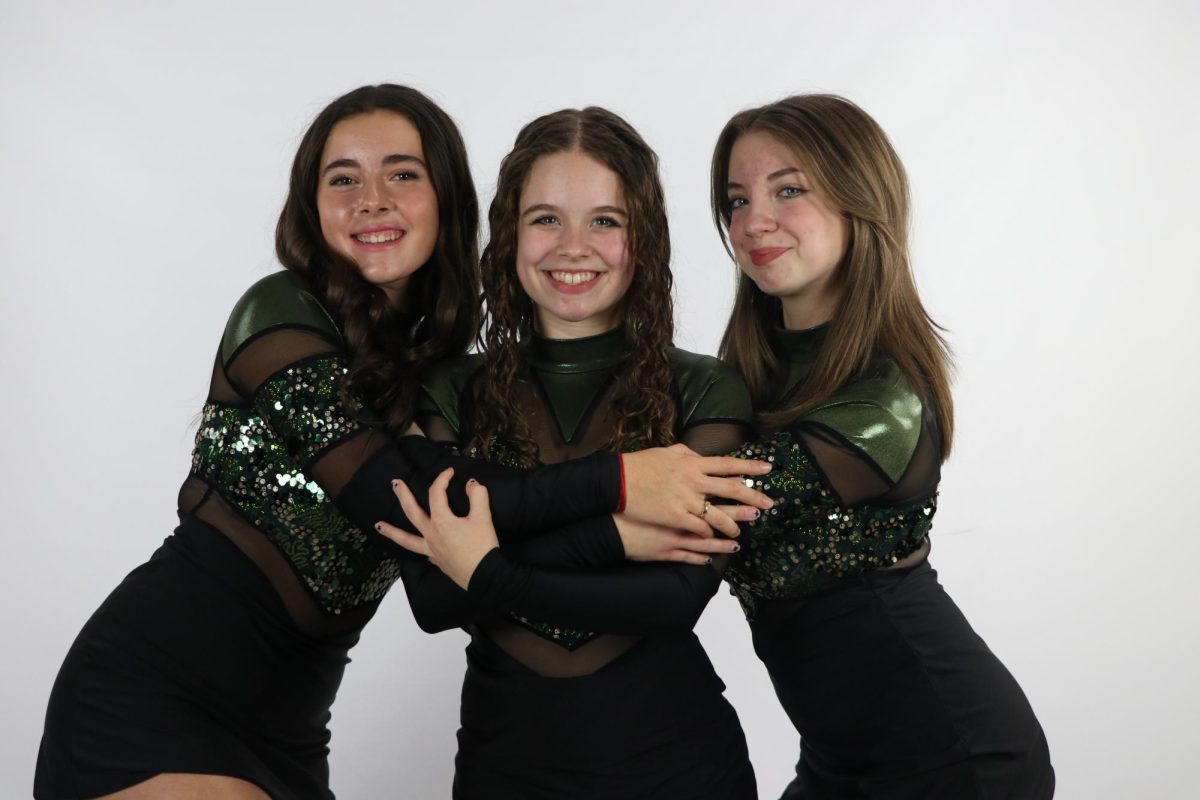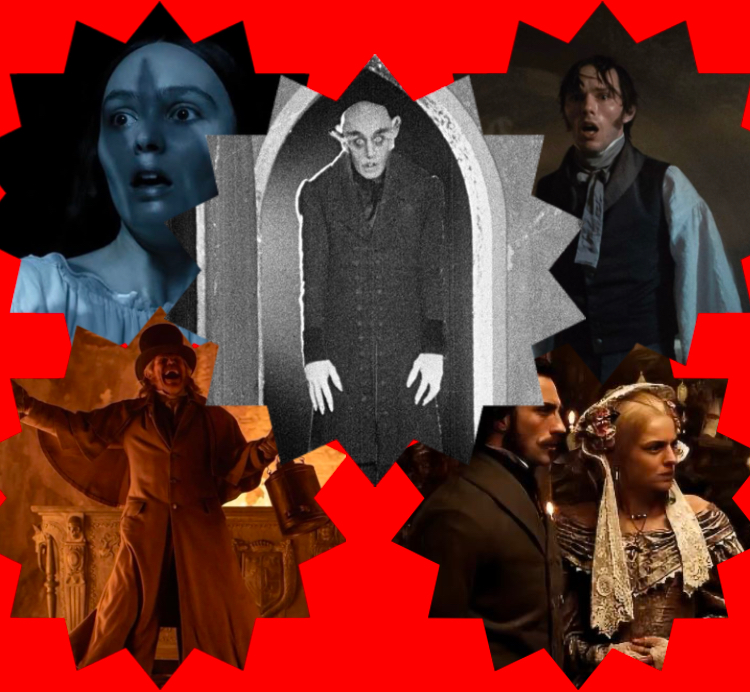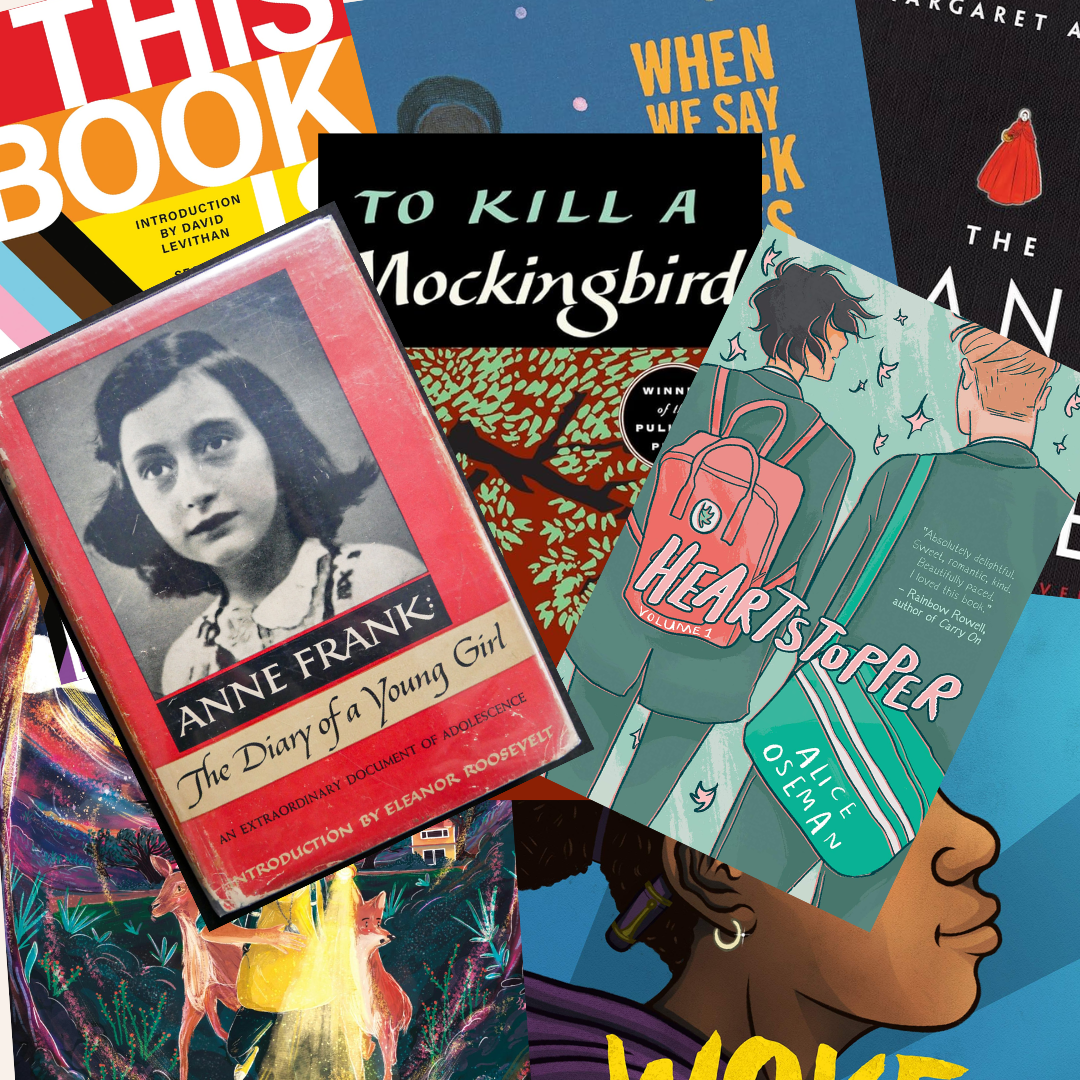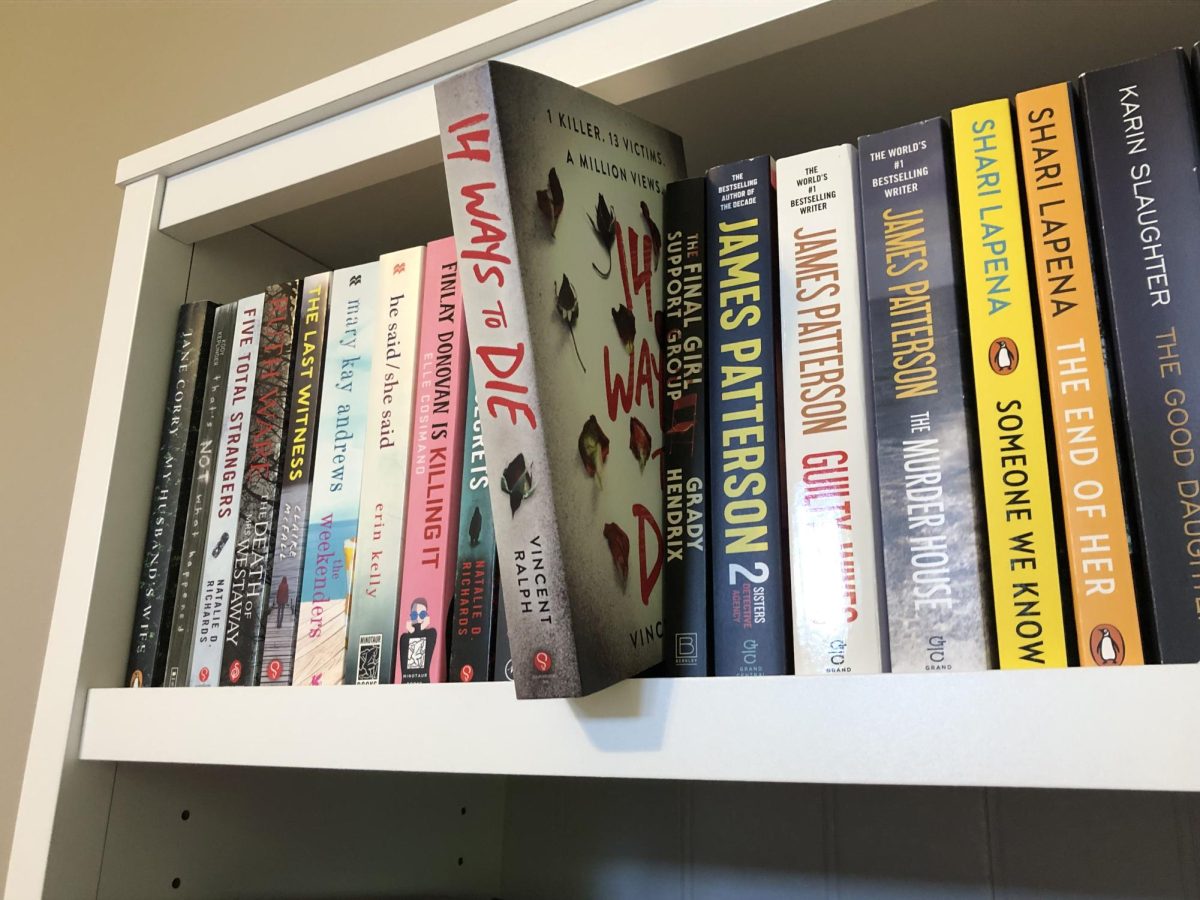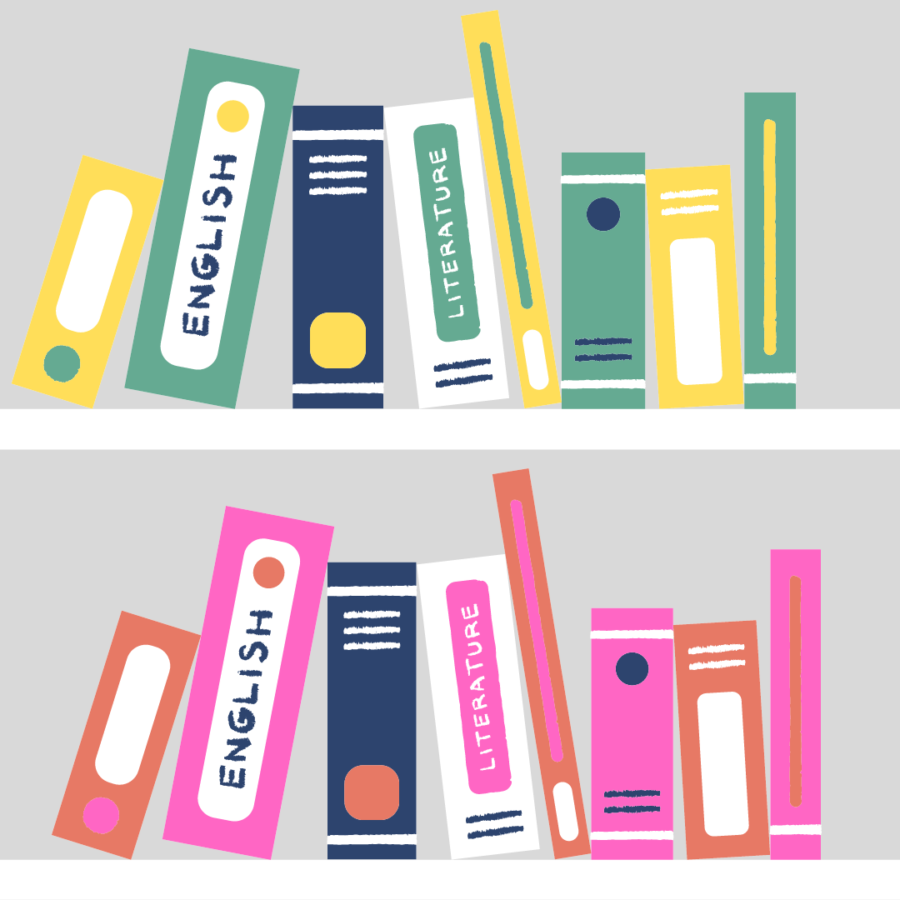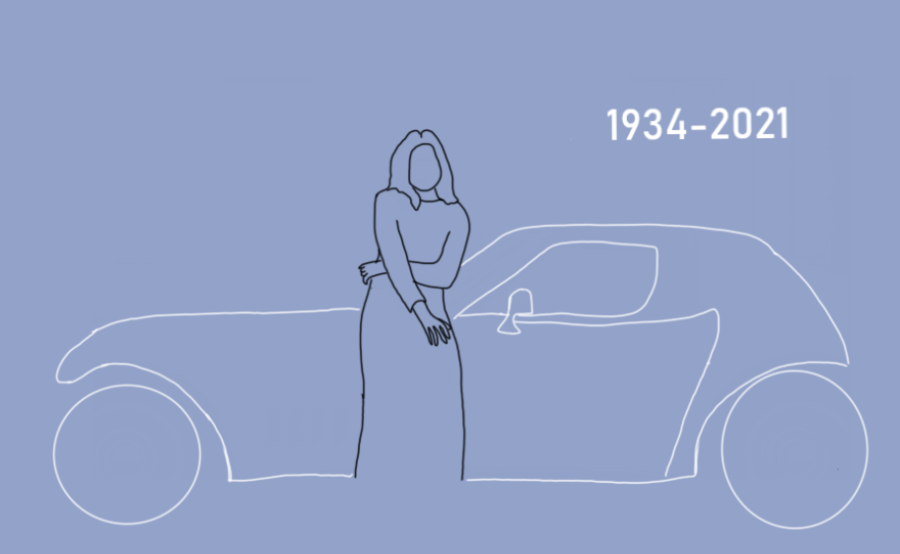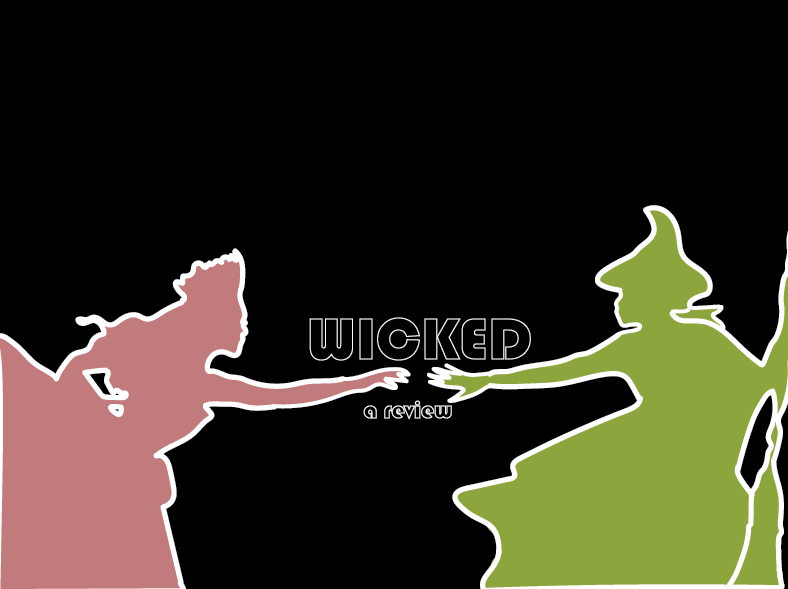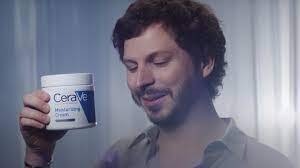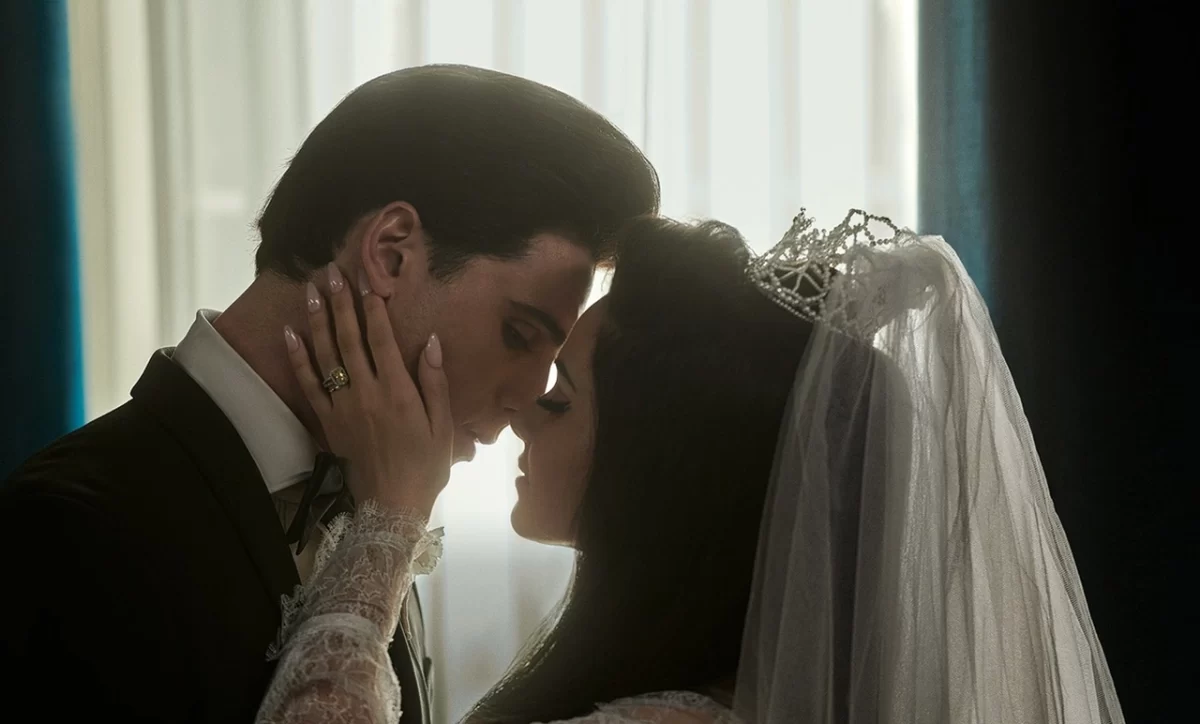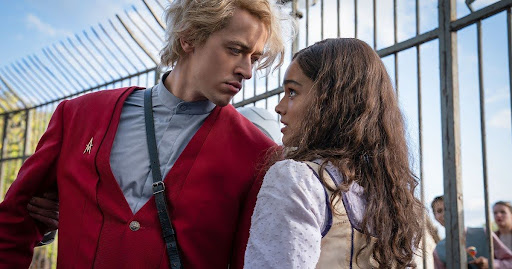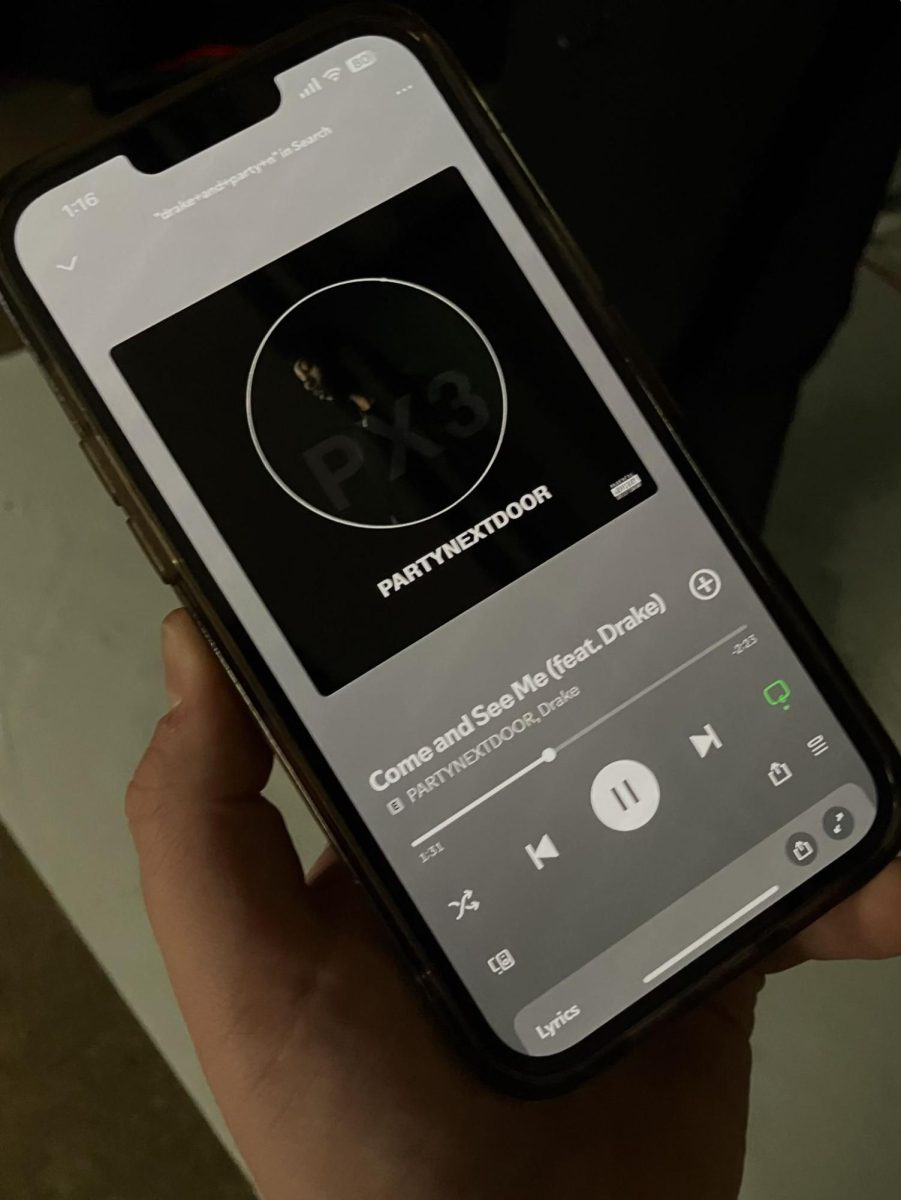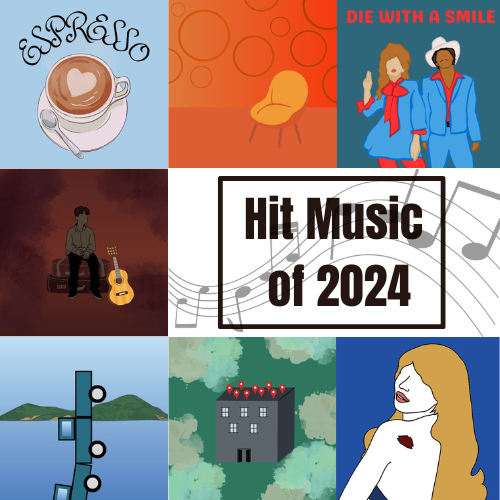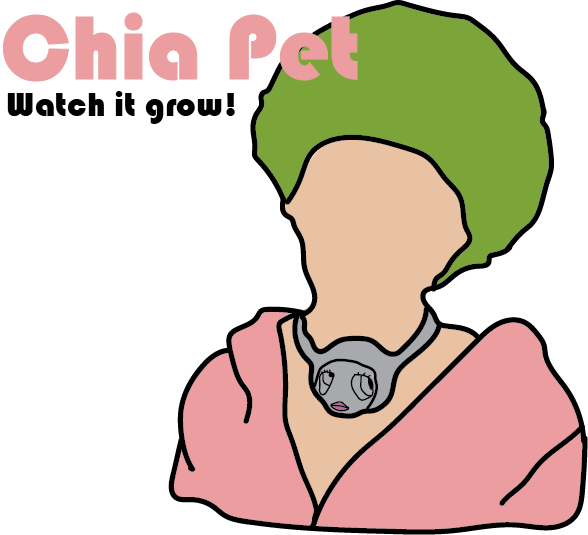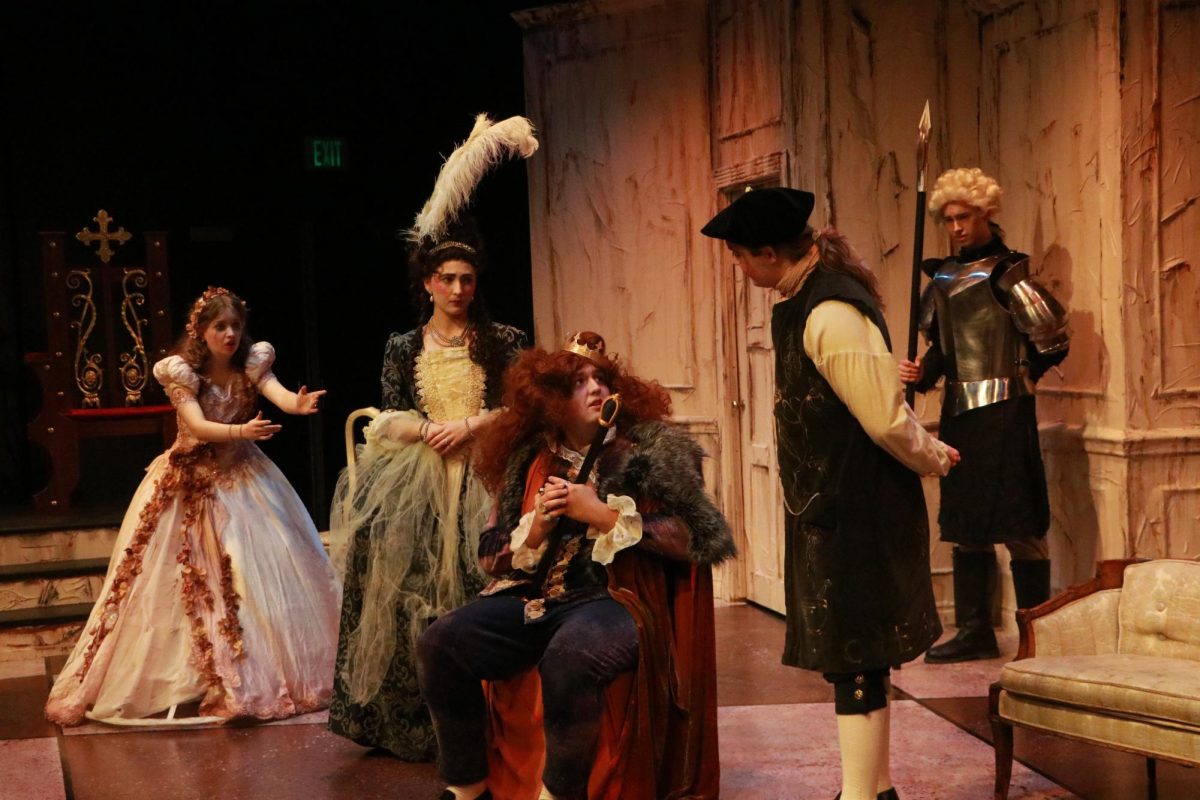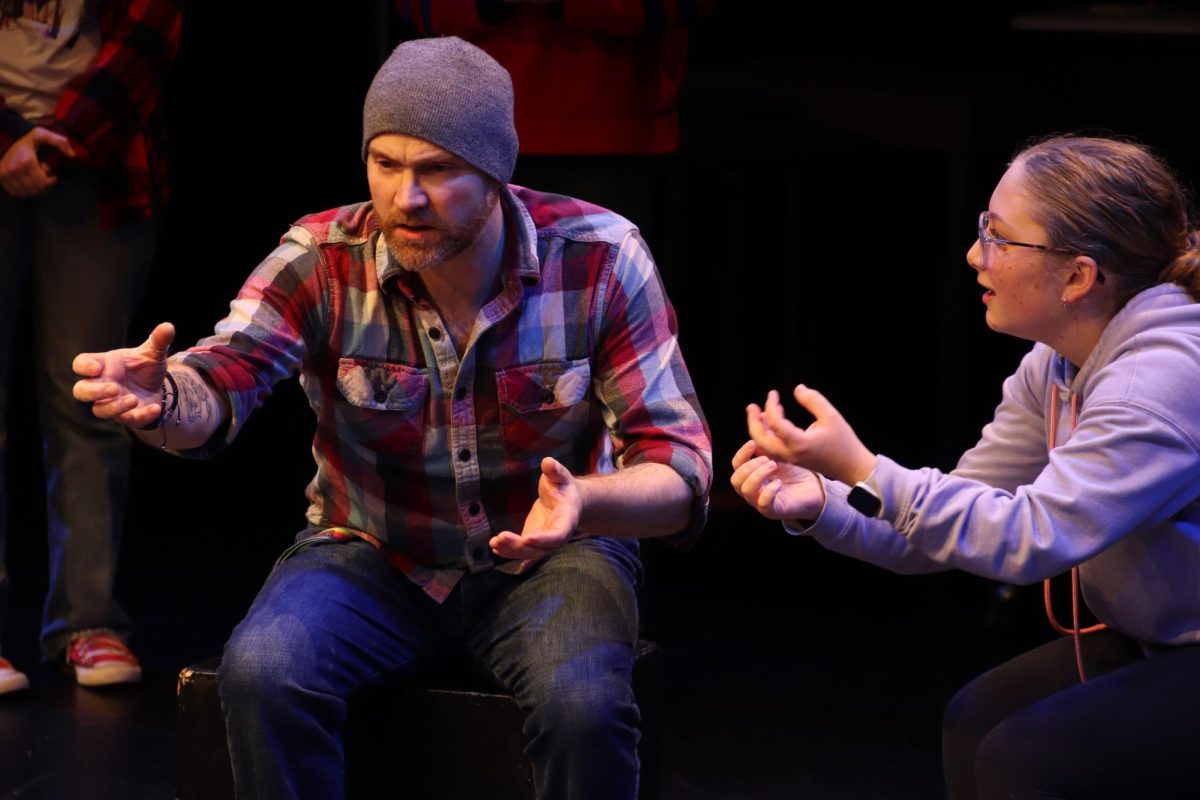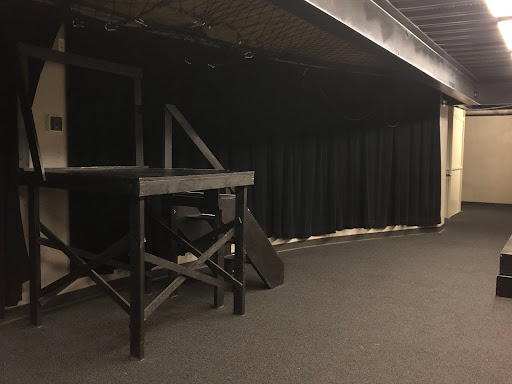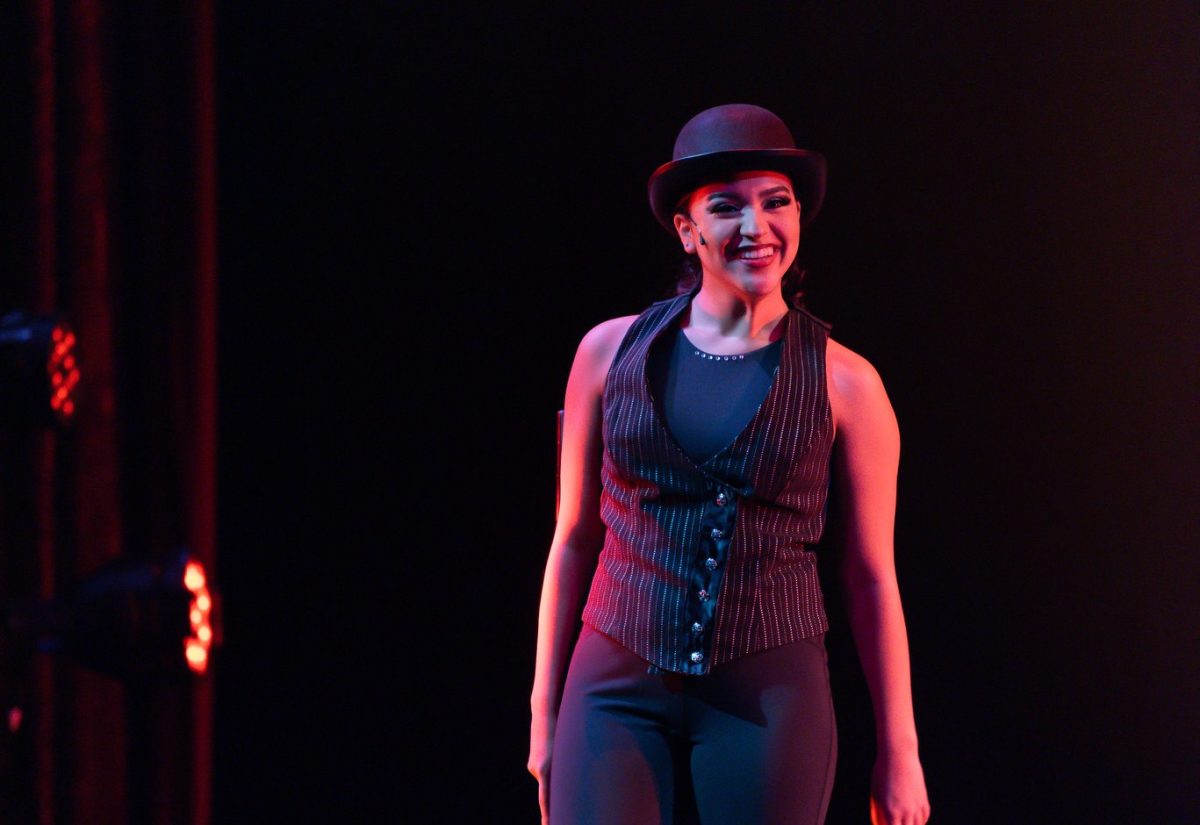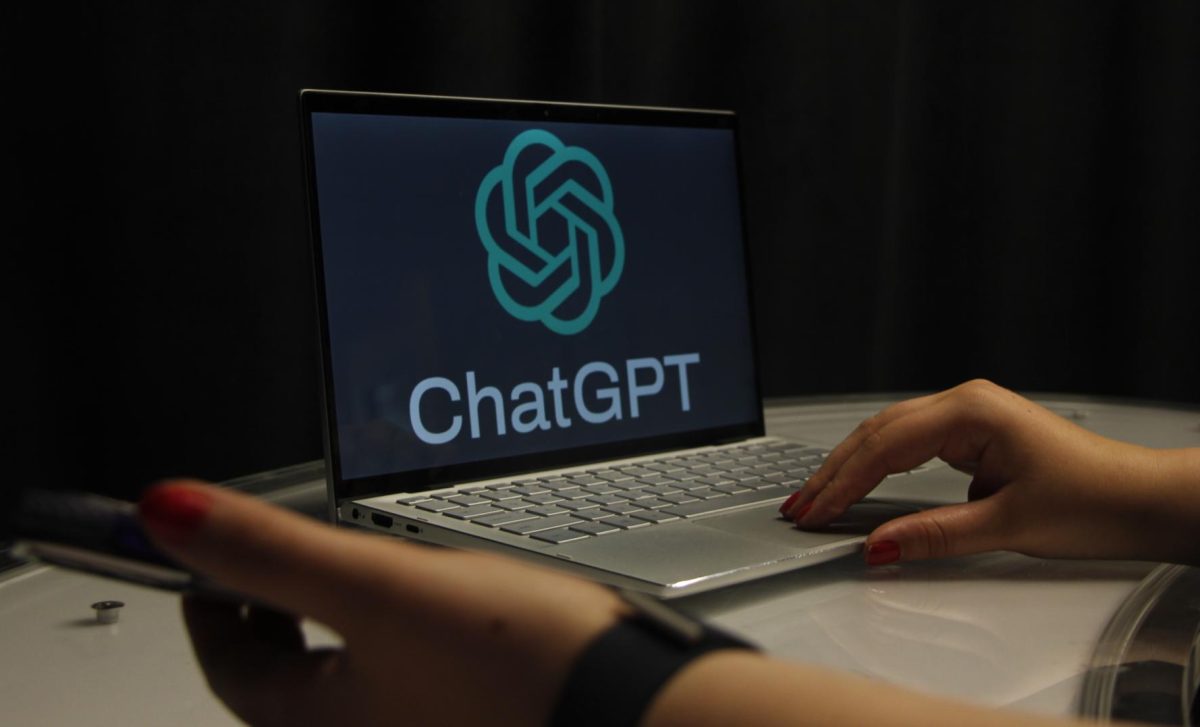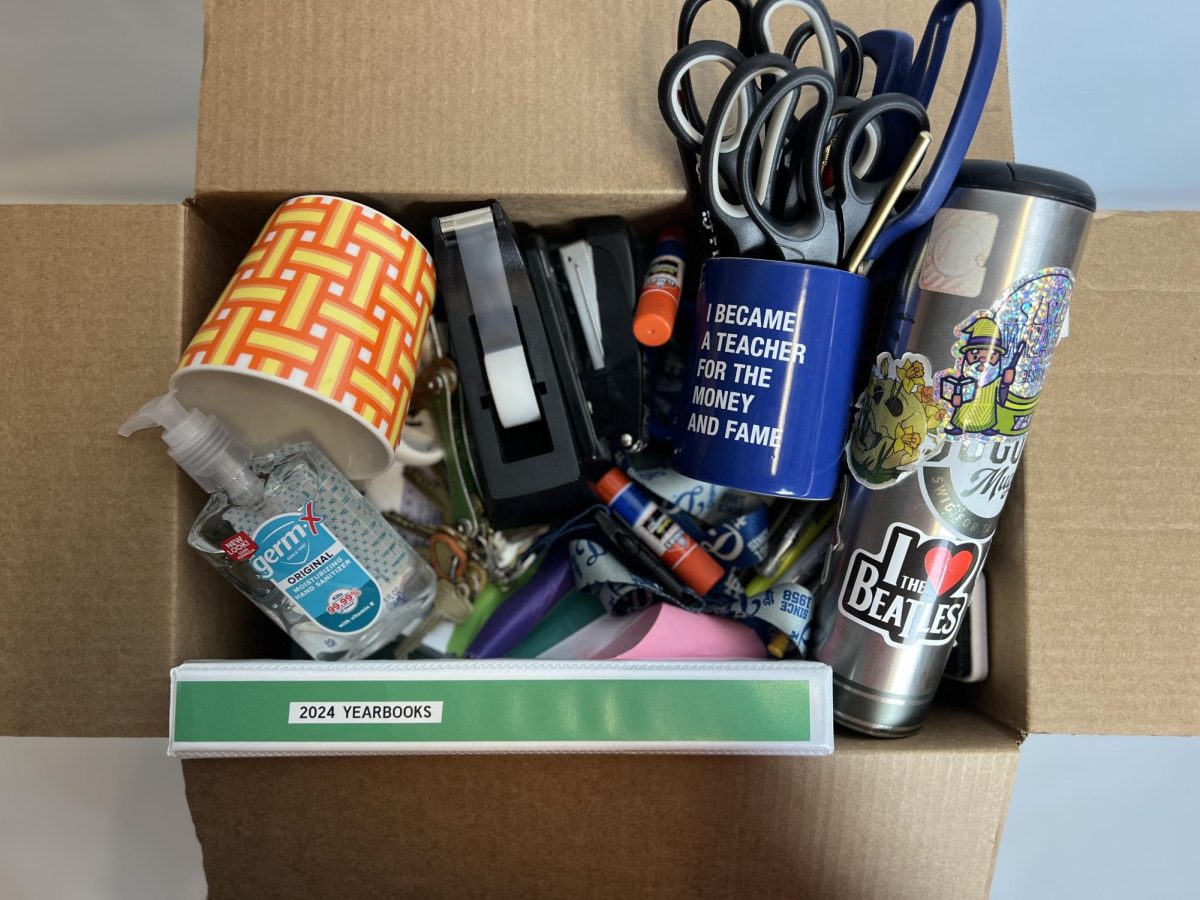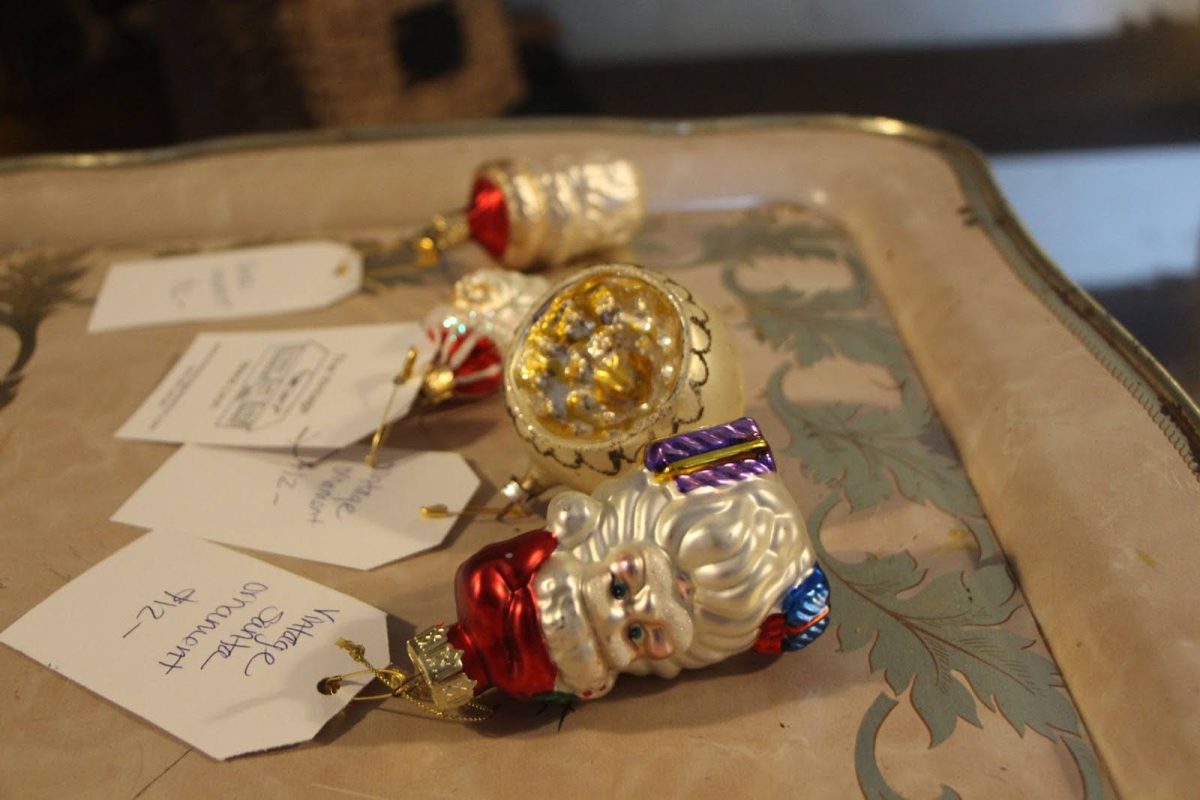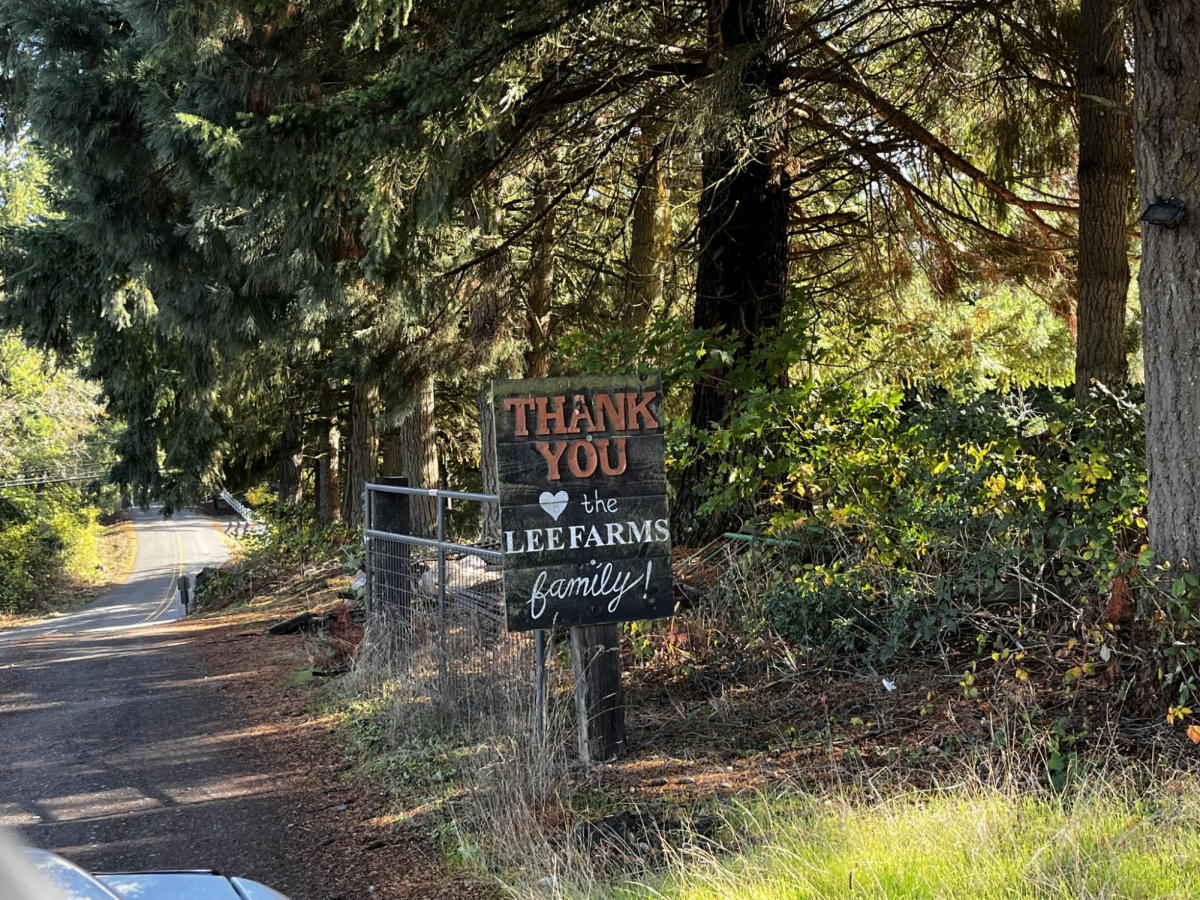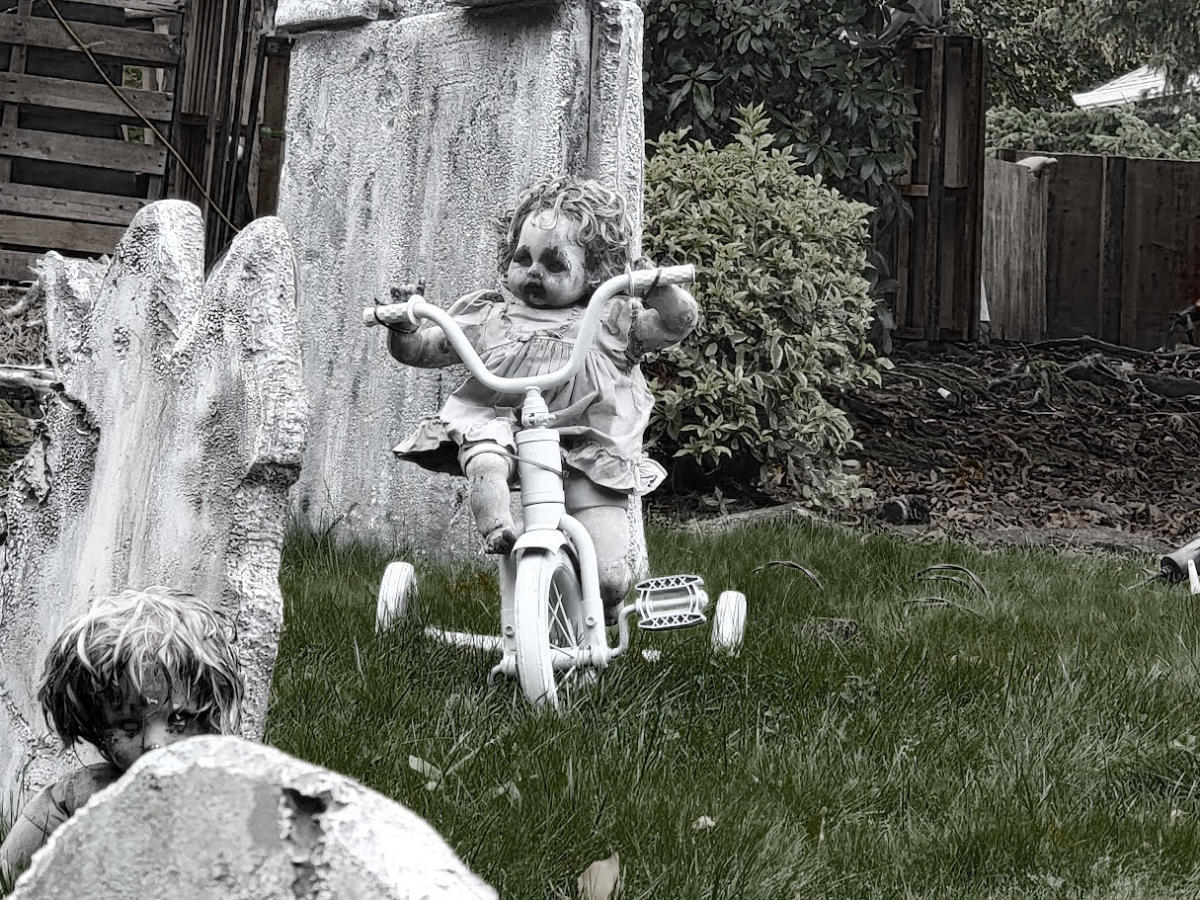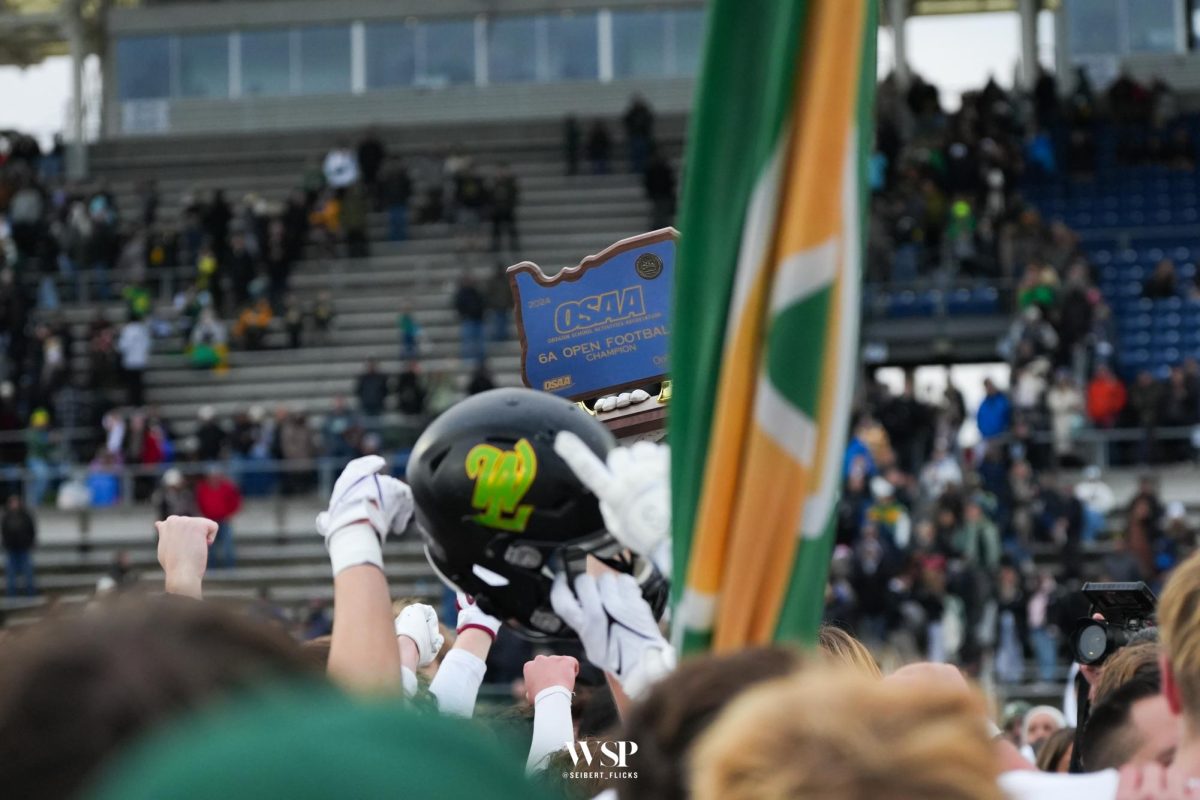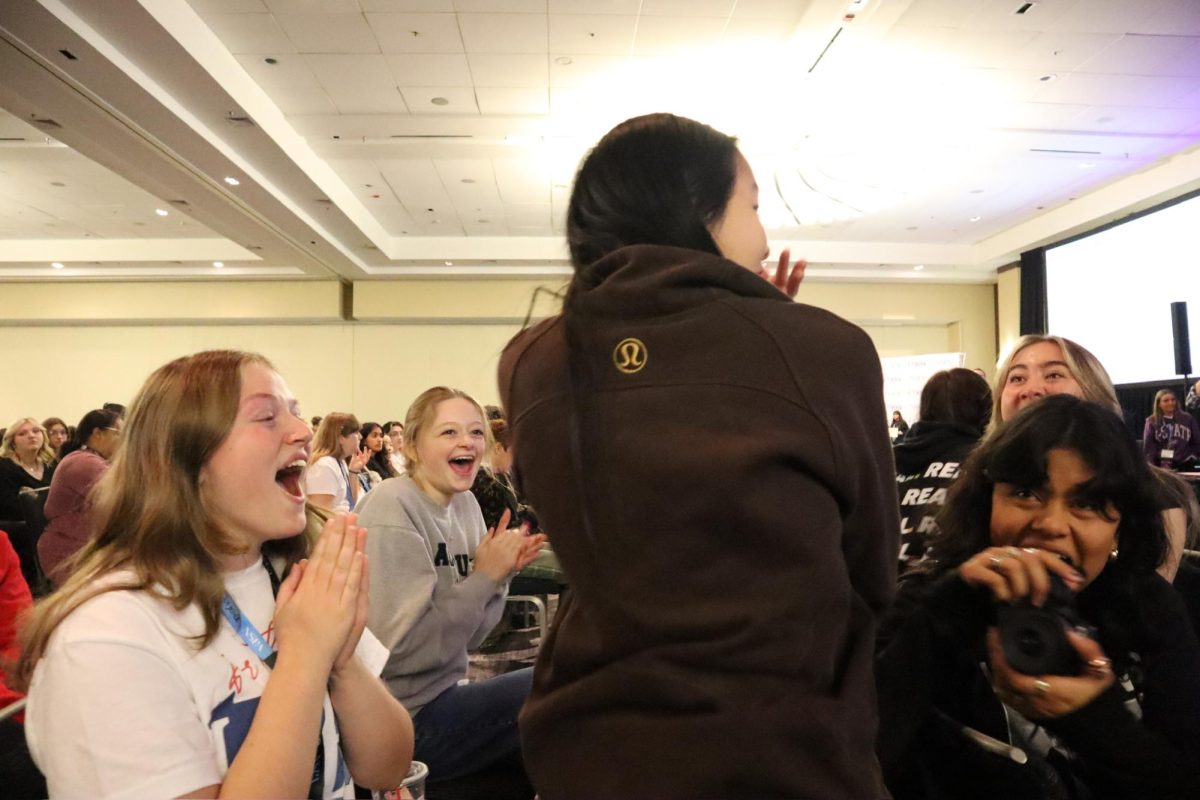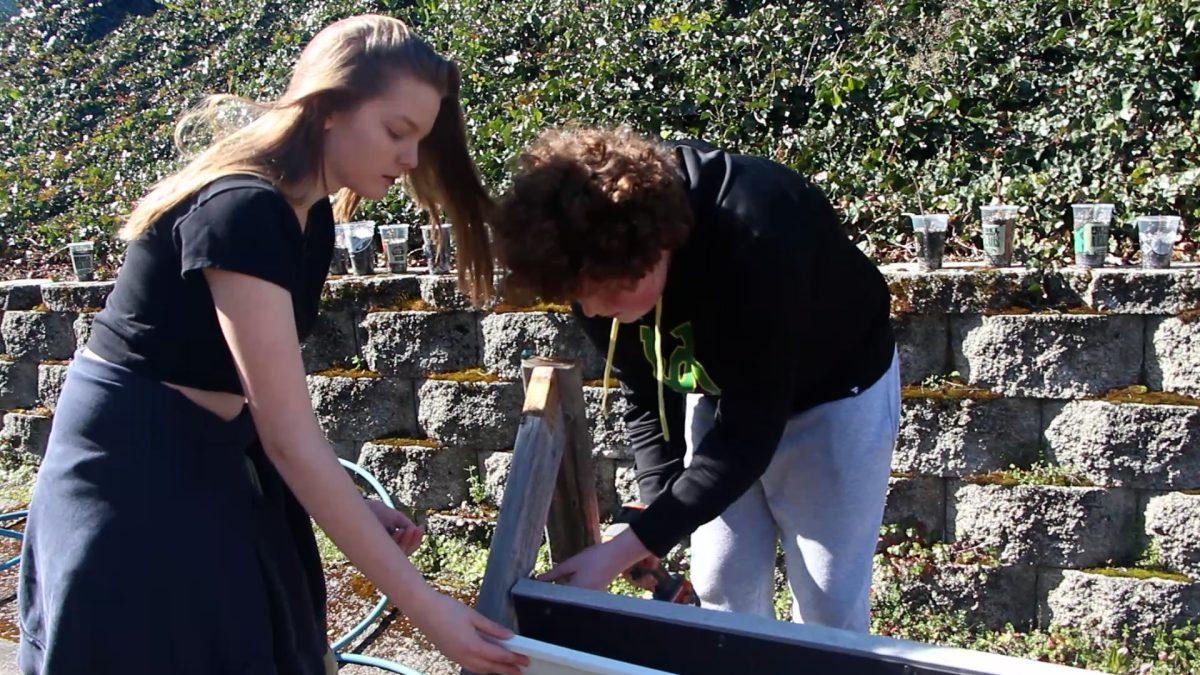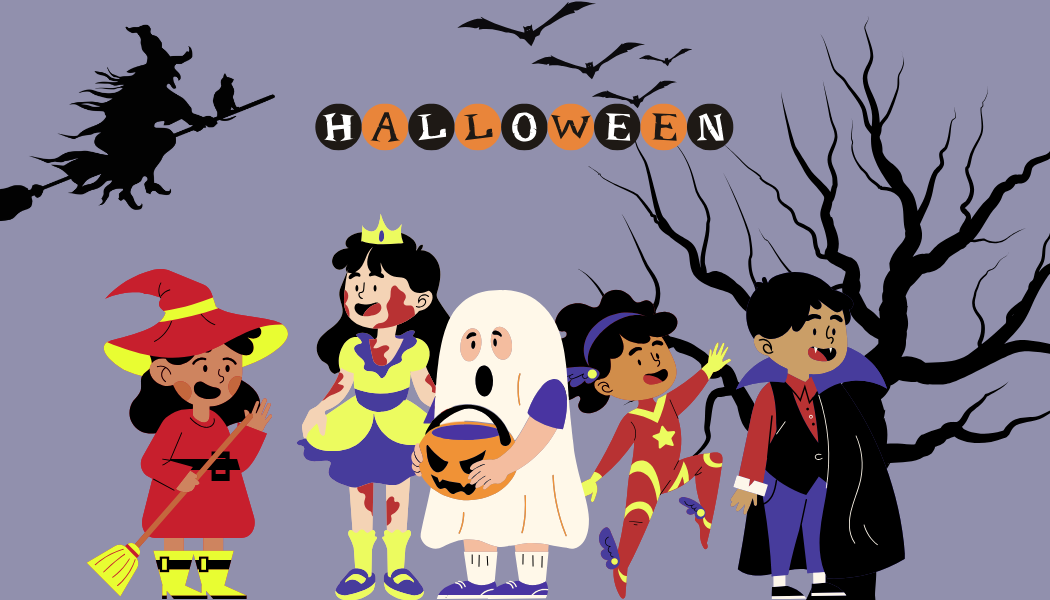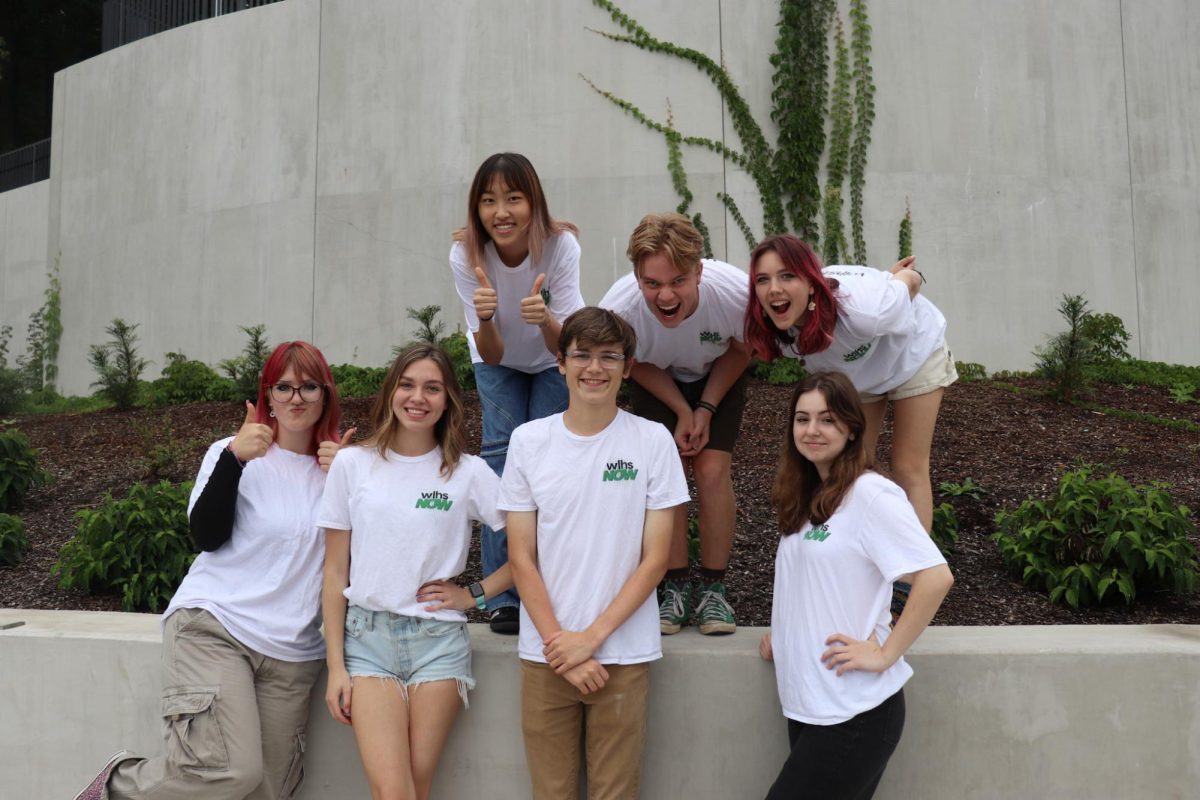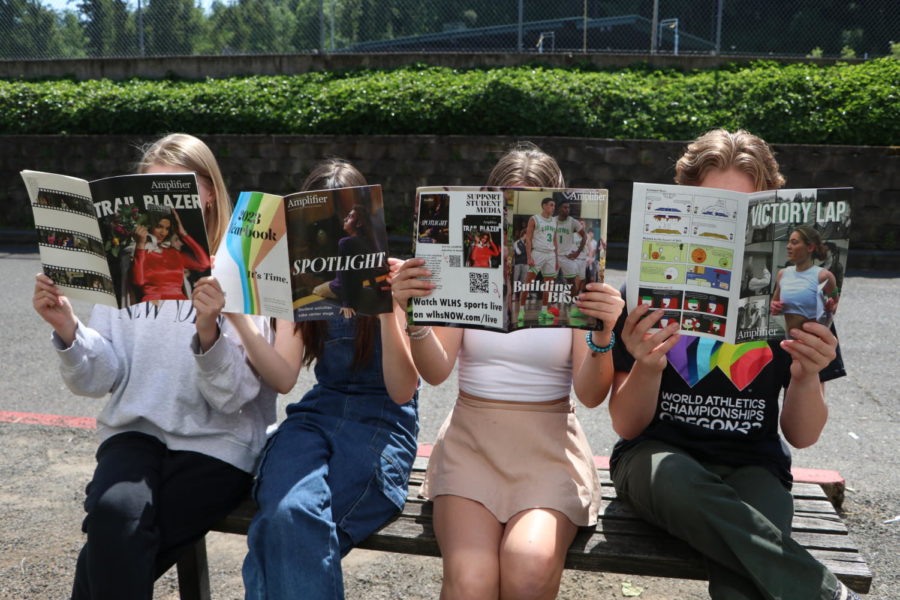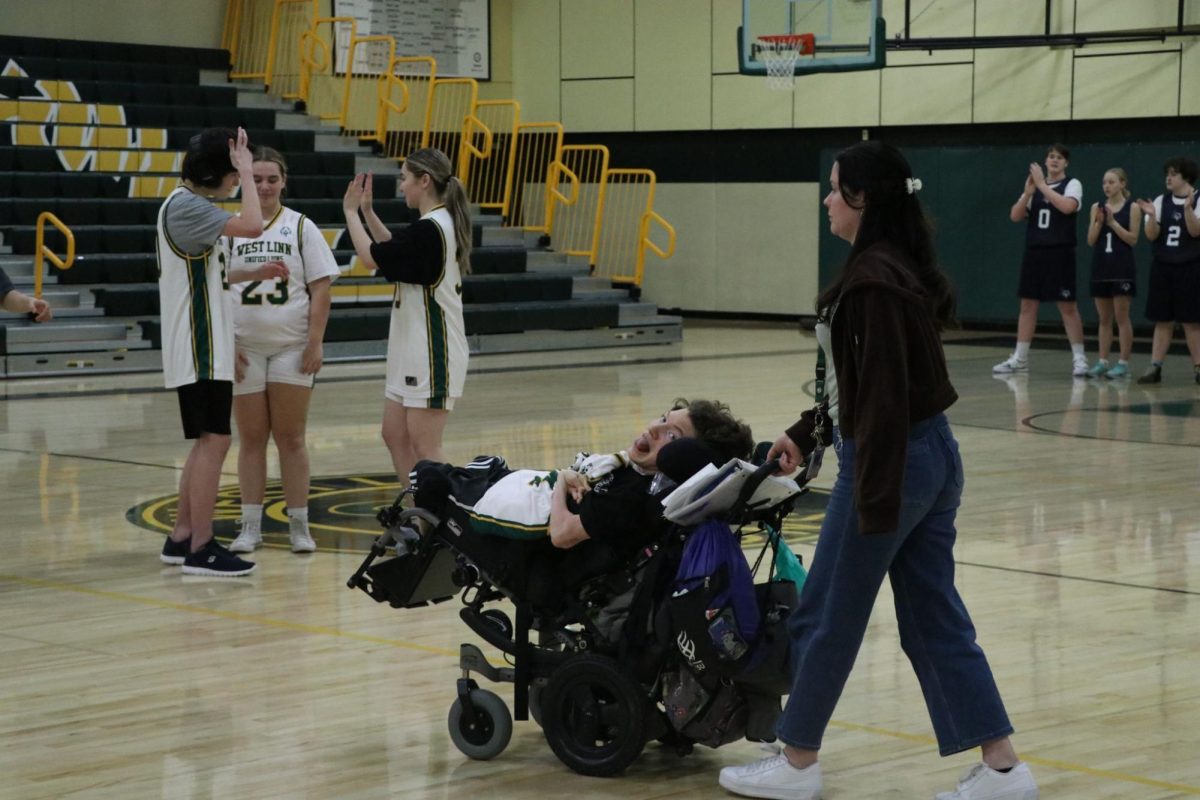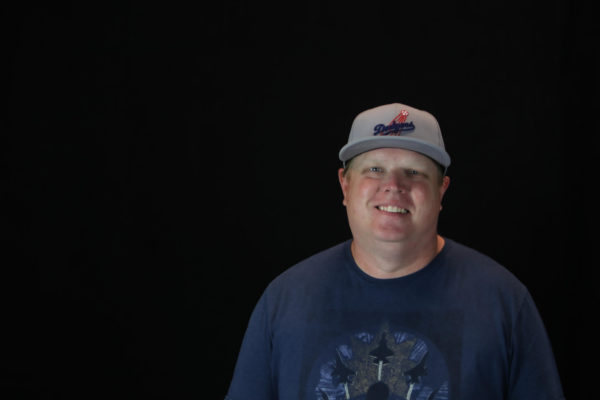When we think of West Linn High School, we might think of the stereotypical rich, white, sports school. But behind the classroom doors, 1,845 students exist. 81% of the West Linn student body doesn’t just come to play a sport, they go to Affinity clubs, participate in our Unified paralympics program, or even just go to class and then leave.
As a member of the Green and Gold yearbook staff, I know about creating a book that reflects the real numbers of our student body and why accurate representation is so important. With this year’s theme being “Real” and the newest rules cracking down on Diversity Equity and Inclusion (DEI), diverse coverage has never been more relevant.
I have observed that the parents of West Linn are very involved in their kids’ lives, and with that, they are also passionate about what their students are doing. So when the students receive their yearbooks, parents go straight to the parent group on Facebook to leave comments on the work.
After 3 years of reading these comments, I have learned that all that matters is that we are showing how students experienced the specific year to the best of our ability.
Often the parents want more representation of sports, but they do not understand how little that represents our student body. The pre-requisite class to Yearbook, Multimedia Publications, completed a diversity audit assignment in February. Multimedia Publications student and Yearbook staff member Akshay Shah, freshman, helped find percentages of race, age, gender, and “involvement” at the school.
“We looked at each of the sports, and how many people were doing it based on the total number of people in our school to calculate the actual percentage by each season, we got about 18% [of the student body who play sports],” Shah said.
That means over 80% of students are not represented by traditional sports. It’s important for us to represent West Linn in a way that reflects the student body as a whole, and not just the percent that plays sports.
We’ve chosen to highlight our award-winning robotics team, speech and debate, mock trial, thespians, and other extracurriculars students have become passionate about.
The book also gives a moment to the sports that aren’t “big name” sports. wlhsNOW and the yearbook staff do media days for the more unrepresented teams such as womens tennis, snowboard, or even our trap team.
We’ve also adopted a “three times” coverage policy, meaning that we make sure every student is in the book three times.
“[As a staff, we are] really targeting those people who’ve been in there maybe once or not at all yet at this point in the year,” Shah said. “I think there’s a lot of freshmen in that group, because there’s so much limited in who you’re interacting with.”
The things students can interact with at the school are sports events, clubs, or Associated Student Body (ASB)-led events. A lot of students I know spend their time doing activities outside of school like performing at the Youth Music Project, working a part-time job, or rock climbing.
Our coverage efforts are backed by data too. Jenn Howe, academic success coordinator, helped us look into the school’s demographics to better reflect the school’s demographics, not just the perceived image of West Linn.
“The findings of that data are a great example of why having that data is so important because our perception is often different than the reality, because sometimes things feel bigger or smaller than they really are,” Howe said. “Our demographics are continually changing, and it’s really important for all of us to be aware of those changes. The idea of how many students are white— we are at like 70% now— and that has dropped a lot since I have been here.”
With these numbers constantly changing, the school has adapted with jobs to honor the diversity. Emma Valerius, senior, is the first ever Director of Diversity and Equity on ASB.
“I think this school has a lot of really good intentions and a lot of beginnings to good things, but we have a long way to go,” Valerius said. “This is the first year we’ve had this diversity position on ASB. I’m really glad that that is now integrated, and I hope eventually that will even be integrated into the administrative position.”
A part of the high school experience is learning academically but also learning about yourself as a person. The yearbook attempts to capture that through students’ personal stories alongside the staff’s attempts to check on students to ensure healthy mindsets.
“One of the first questions I ask students when I talk to them is, ‘How is it going?’ And side note, it doesn’t have to just be academics, because there’s so much to high school and that experience of academics is important, yes, and it is part of a big part of why you’re here, but it is not the only part of your experience, and I know that,” Howe said. “What makes students come to school and engage in school is very much connected to their sense of belonging and the relationships they built with their peers.”
Mental health is a part of that too. Covering topics such as mental health and struggles is often pushed aside or seen as reflecting a bad light on the school, even though 1 in 7 teens experience a mental disorder (Compass Health Center) in the United States. Ignoring that does not make it go away. As we reflect back on the years, we want to see growth in our school and students through honest perspectives. Their stories show how far we’ve come.
When picking up the yearbook from the distribution party on the seniors’ last day, you are expected to get your book and immediately look for yourself or your friends. That is why we do umbrella coverage in the yearbook – including four different coverages on topics per spread. So when someone looks at the spread with basketball, they can also see the Asian and Pacific Islander club (API).
“I would [expect to see] students who are not only in athletics, but students who excel in athletics, are the crown jewels of the school, and so I would expect to see a lot of people that you can recognize from their name being called out at a sports event,” Valerius said.
But we also try to implement and show how 81% of our student body does not play sports in the fall or winter or even show that 74% (Oregon Online Report Card) of our school is white on each page. Meaning there is a long way to go in terms of equal representation.
When I first joined the staff as a freshman, it was nerve-racking to go out and get interviews. Starting out, it was hard not to just interview girls, my friends, or even people in my grade. But the adviser and editorial board really pushed the idea that a good yearbook shows off diversity, which means getting out of my circle to find those voices. If the yearbook only was about teen girls in my grade, it would not reflect the theme we try to portray each year of the school. This year’s theme showcases the relatability of passions and personal growth in students.
Every year since then, I have grown as a leader on the staff, and I have helped implement the idea of diverse coverage through modules and photos.
Our work on diversity is already paying off: Last year’s book “This is our House” earned a mark of distinction for coverage, showing off that we used up as much space as possible on our pages to cover people of all groups and ages.
This year, we created the role of Coverage Editor who works with content creators and spread designers to make sure every grade and gender is represented on the spread.
With 240 pages to do so, the Green and Gold yearbook uses every opportunity to push their commitment to diversity to be seen on all pages.


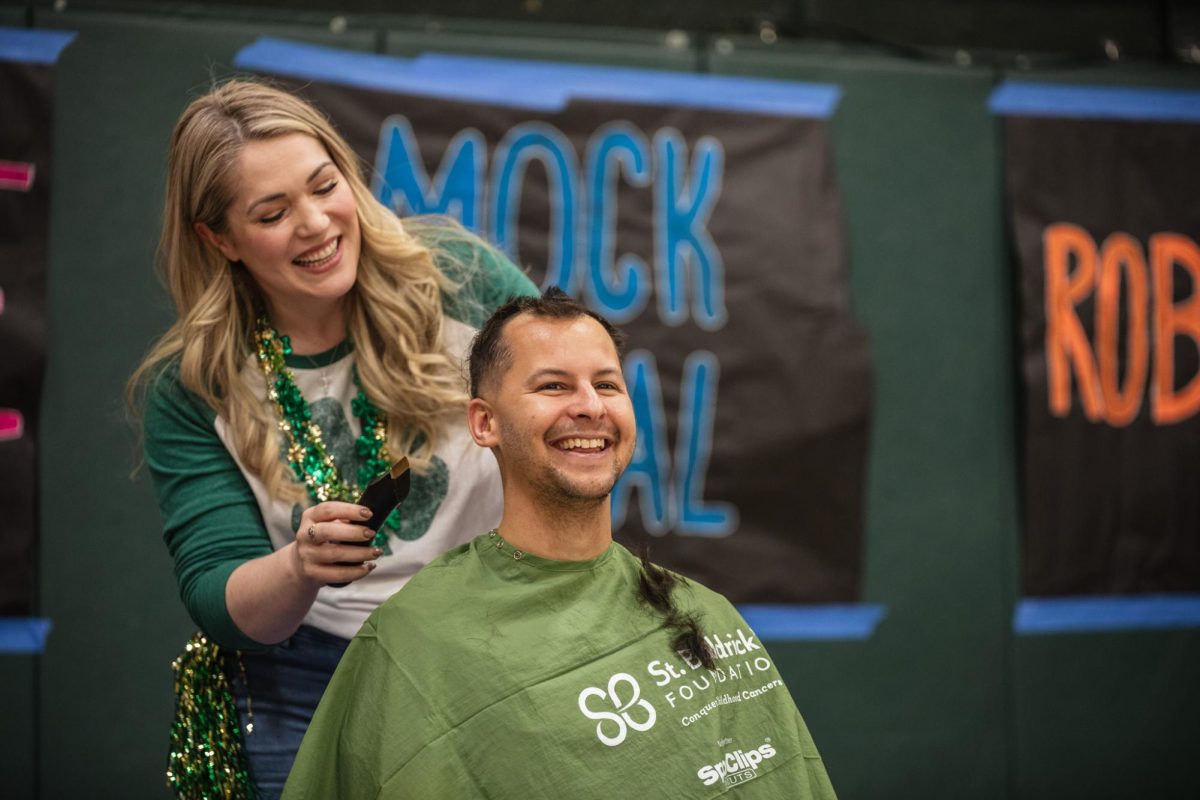
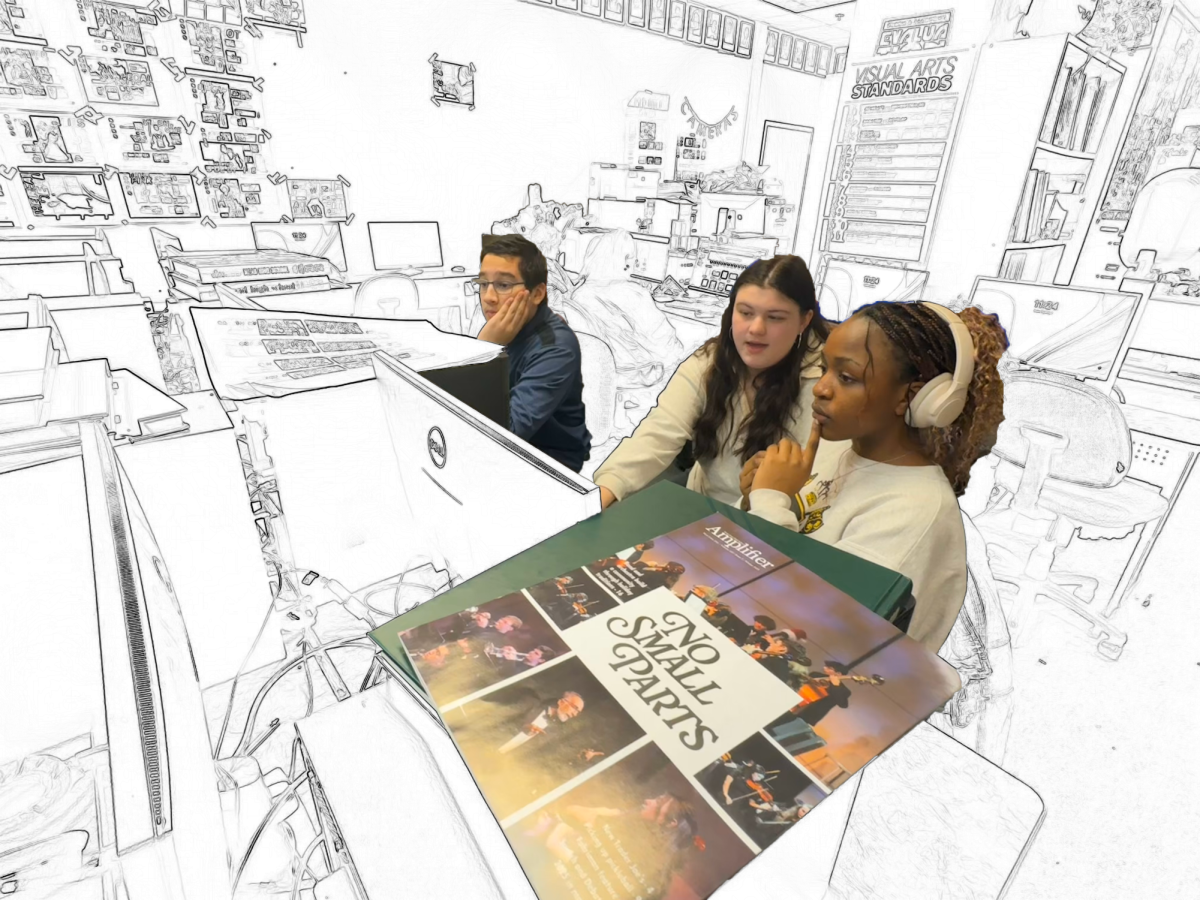
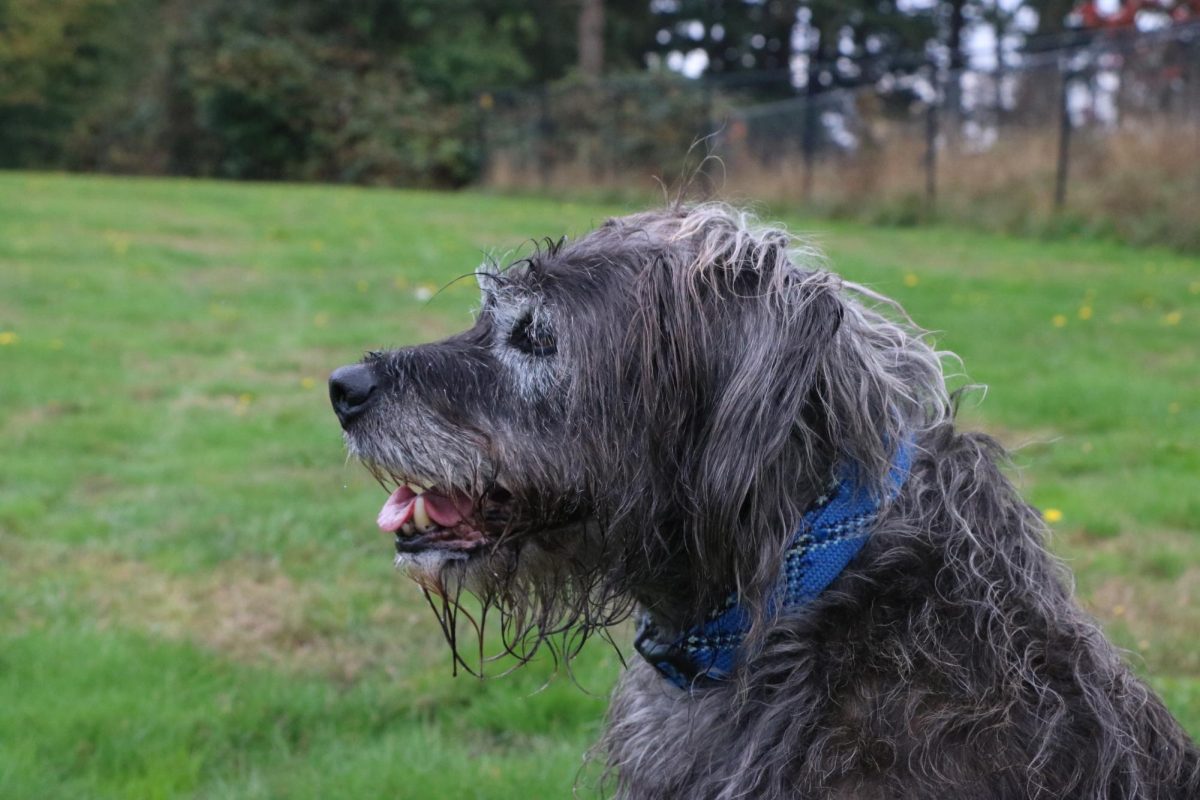

![Reaching out. Christopher Lesh, student at Central Catholic High School, serves ice cream during the event on March 2, 2025, at the Portland waterfront. Central Catholic was just one of the schools that sent student volunteers out to cook, prepare, dish, and serve food. Interact club’s co-president Rachel Gerber, junior, plated the food during the event. “I like how direct the contact is,” Gerber said. “You’re there [and] you’re just doing something good. It’s simple, it’s easy, you can feel good about it.”](https://wlhsnow.com/wp-content/uploads/2025/03/interact-1-edited-1200x744.jpg)
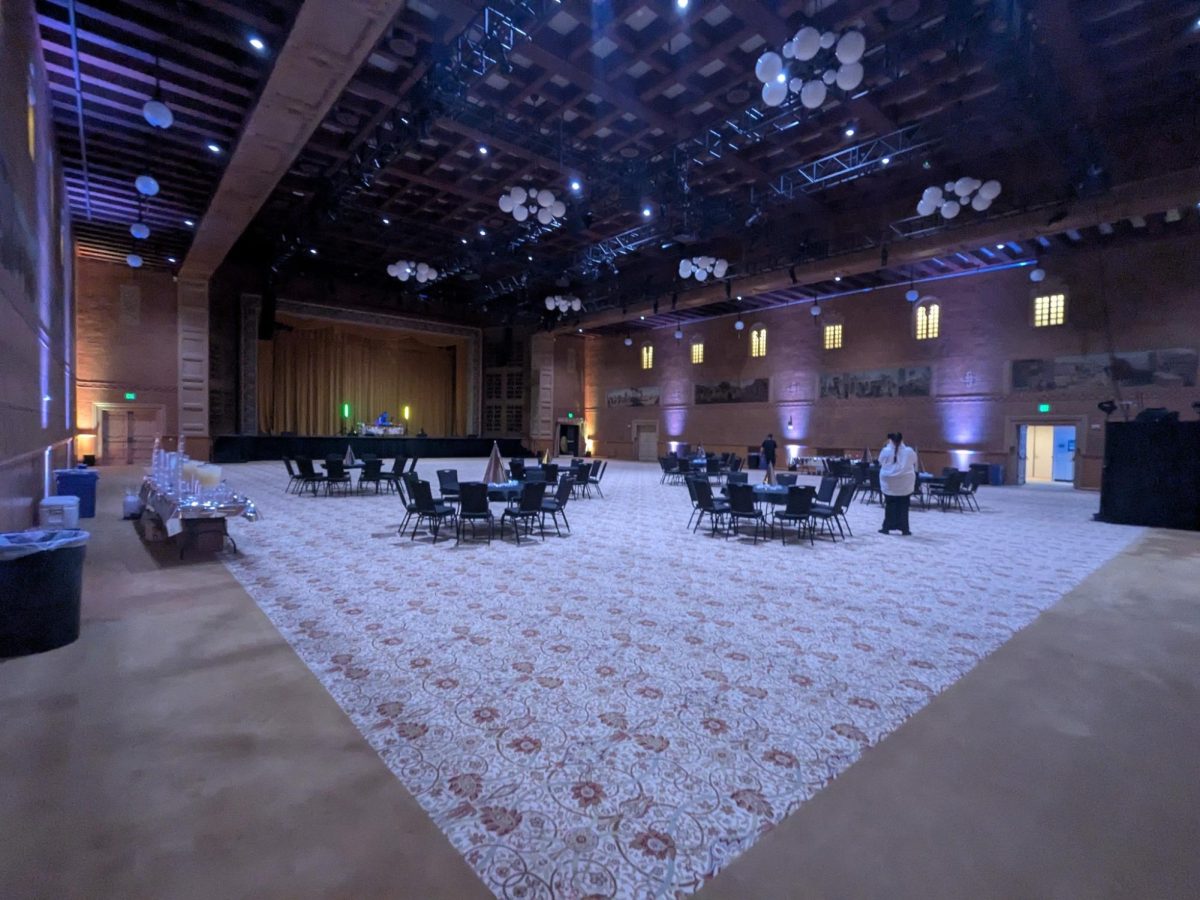

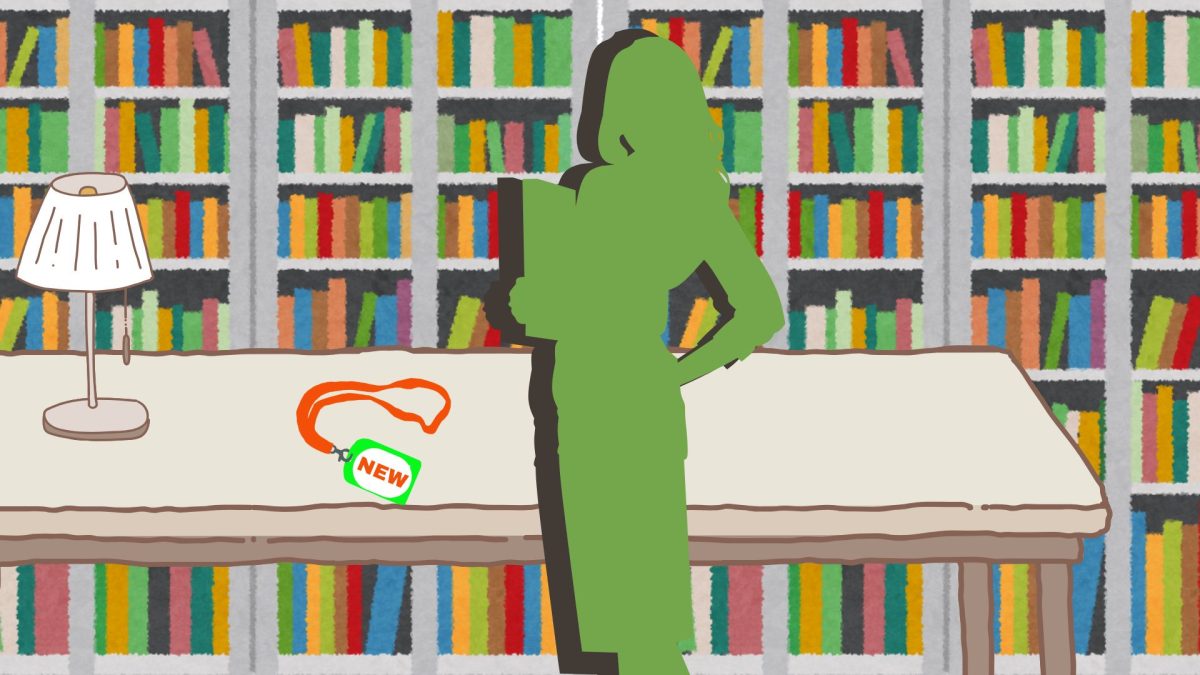
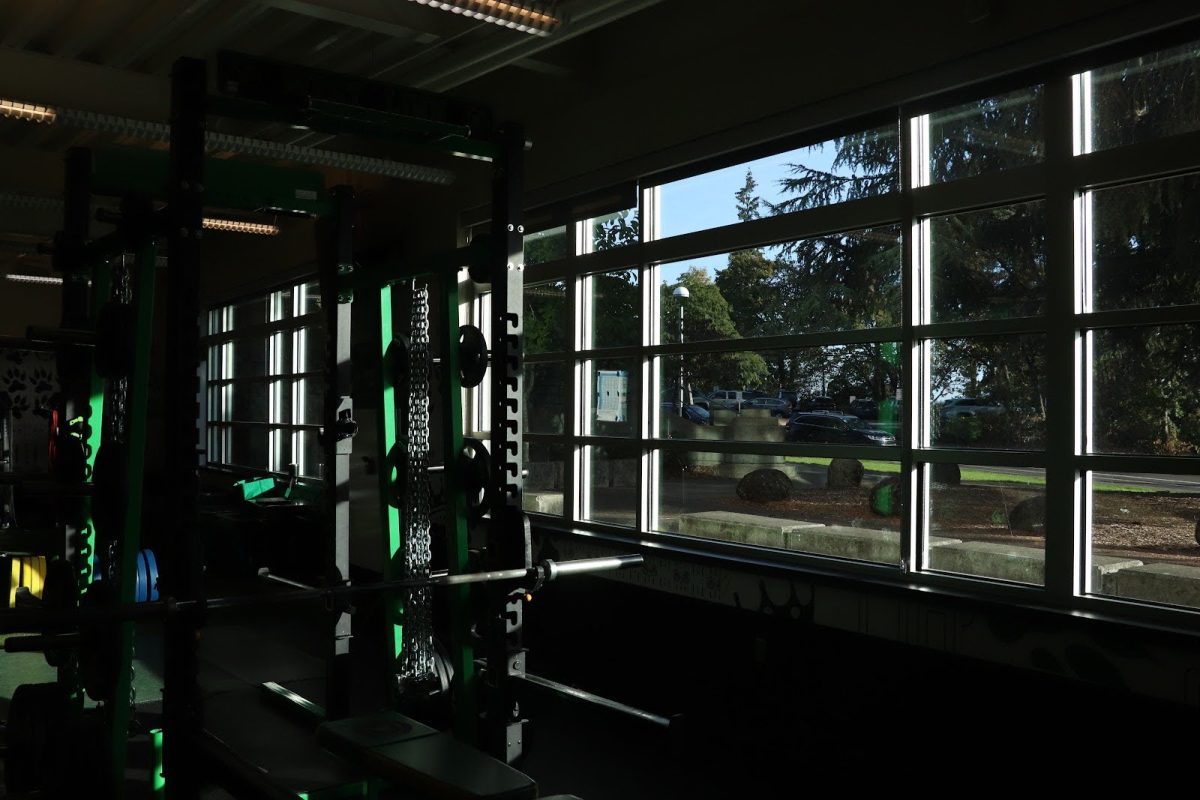
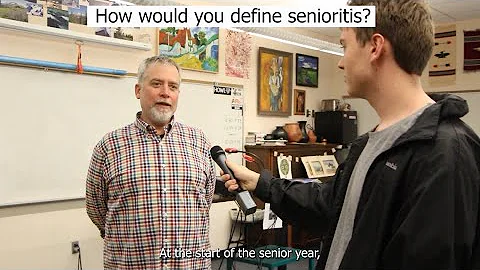
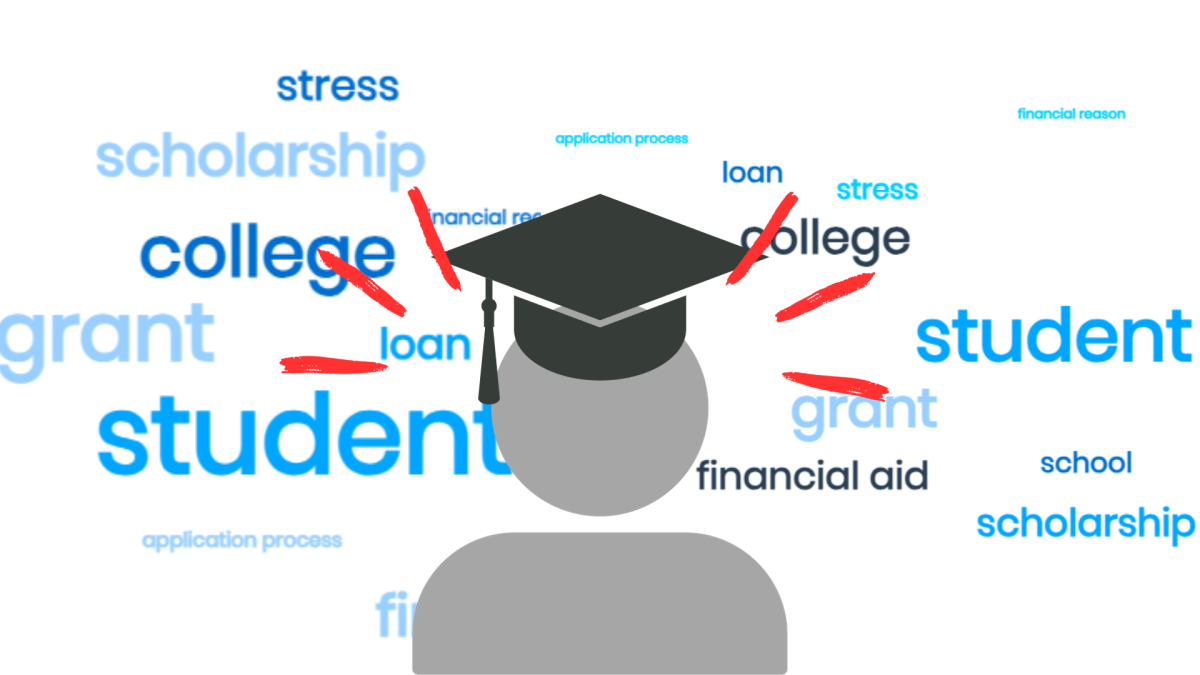
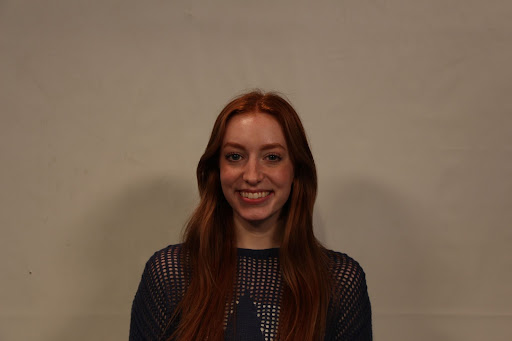

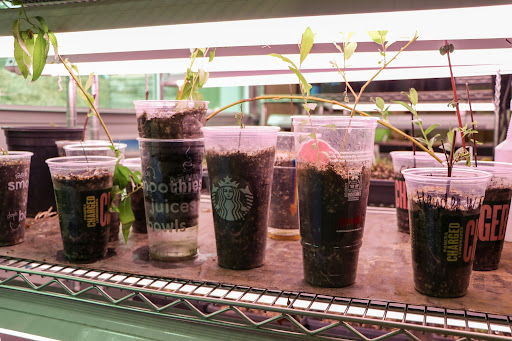
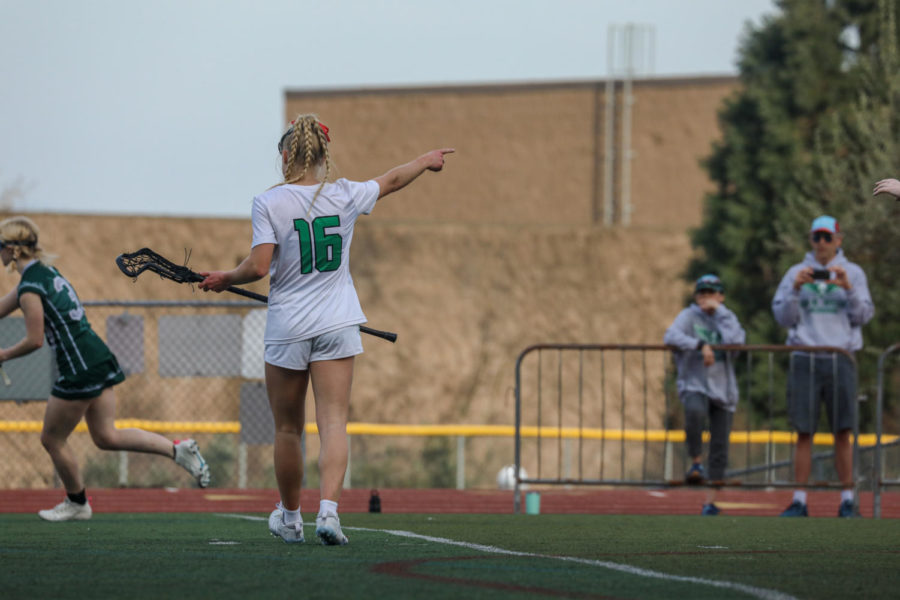

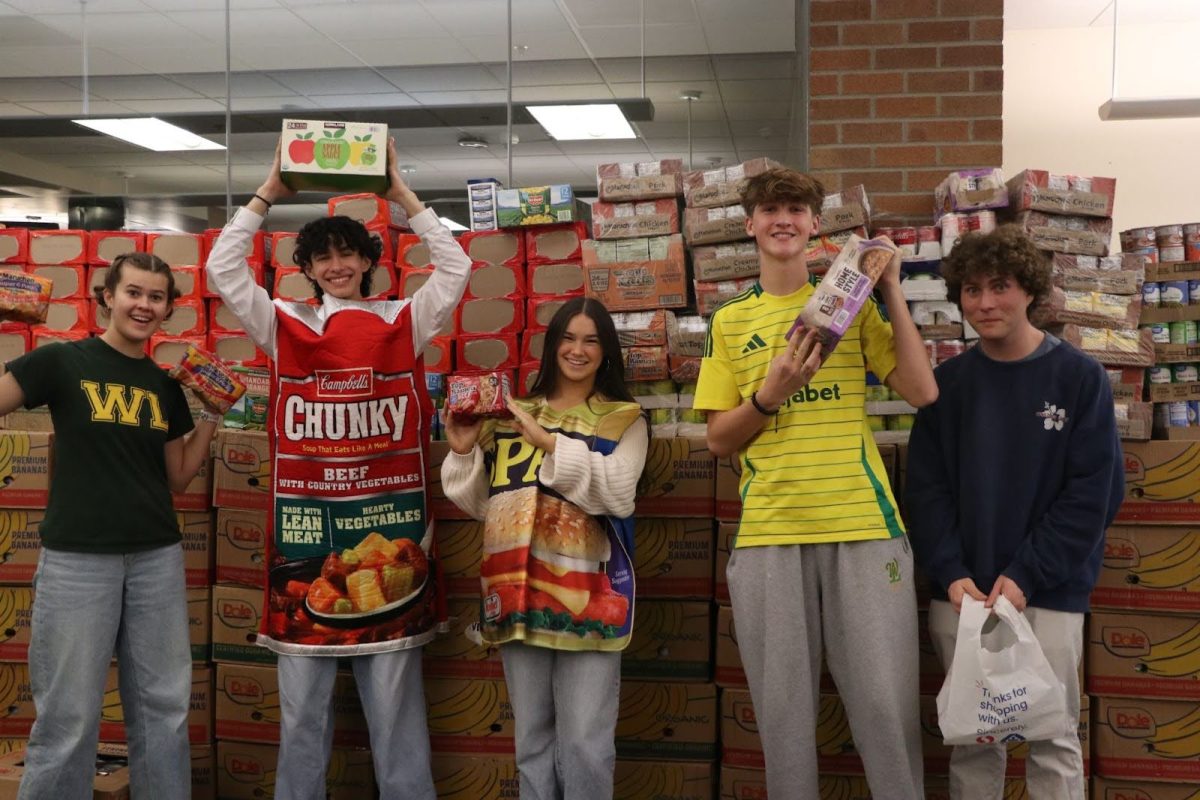
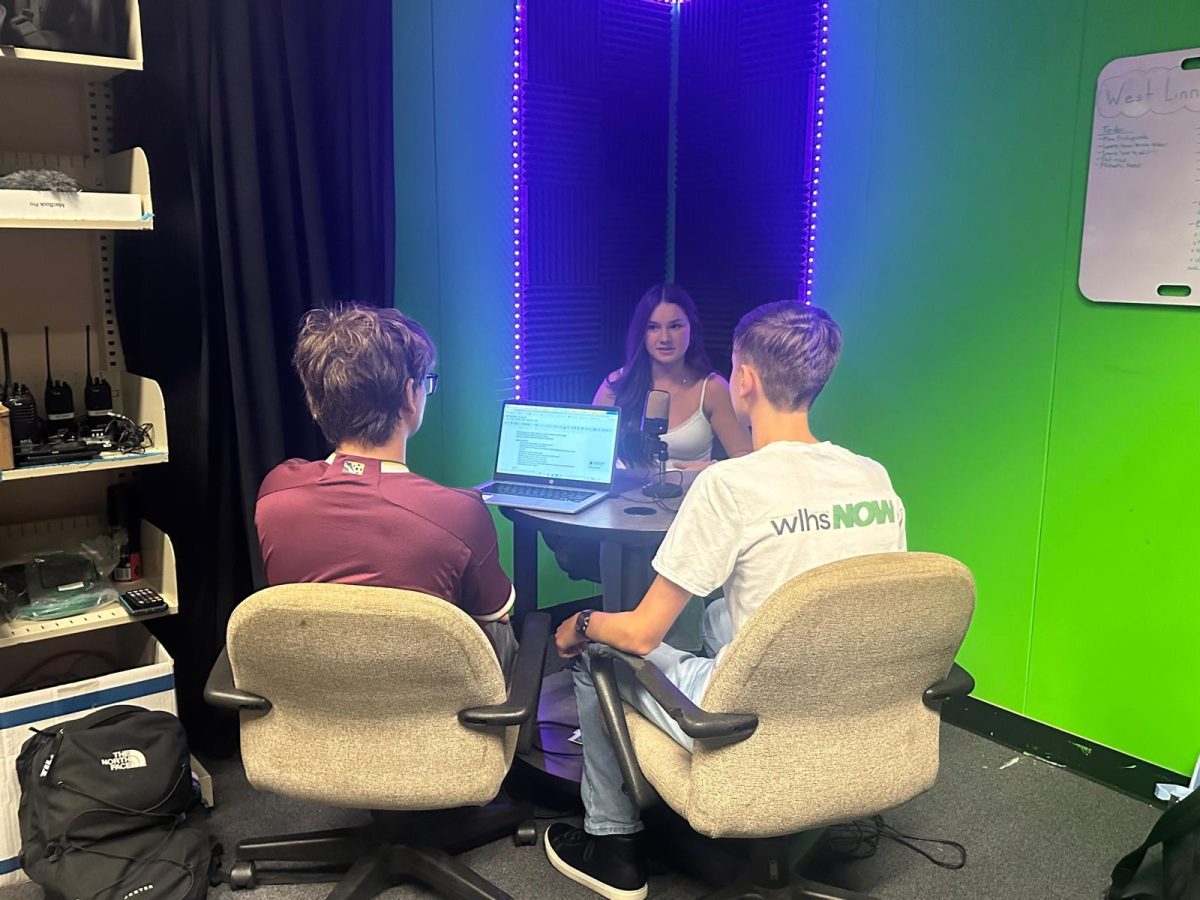

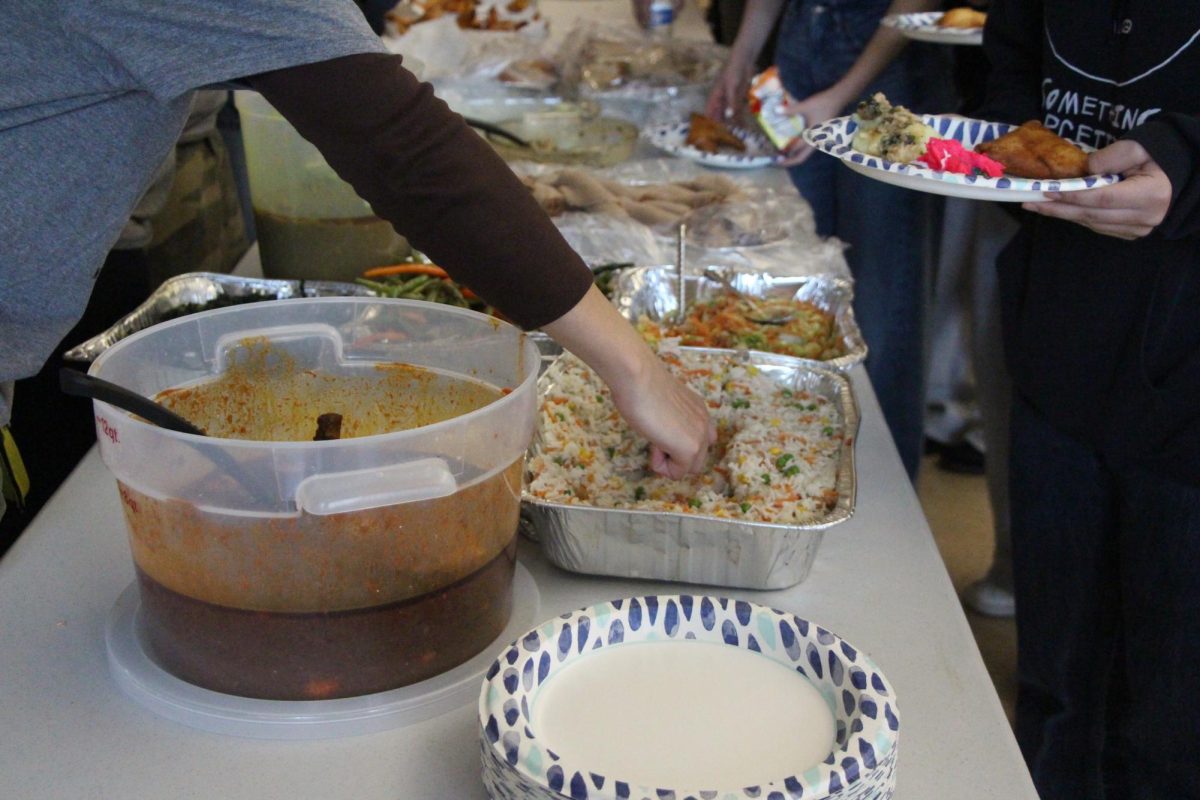




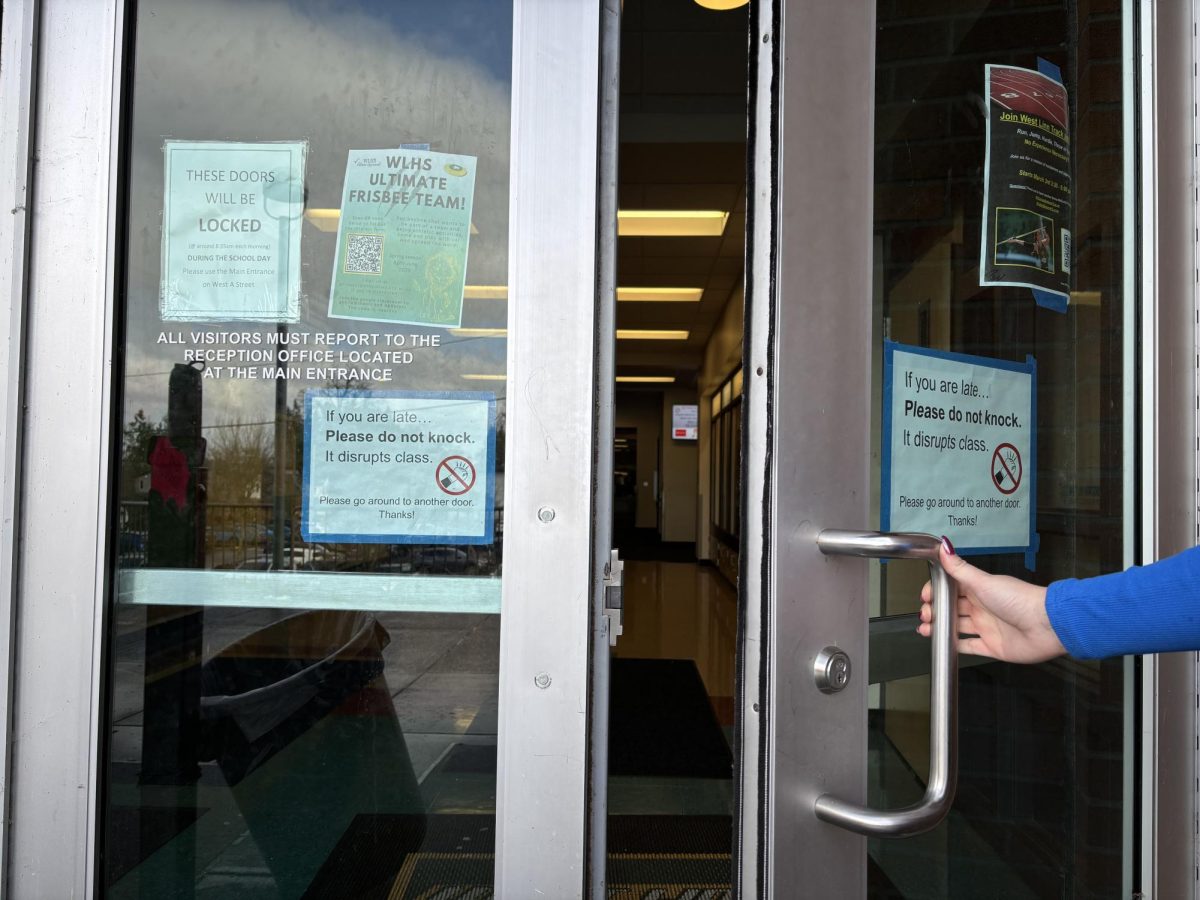
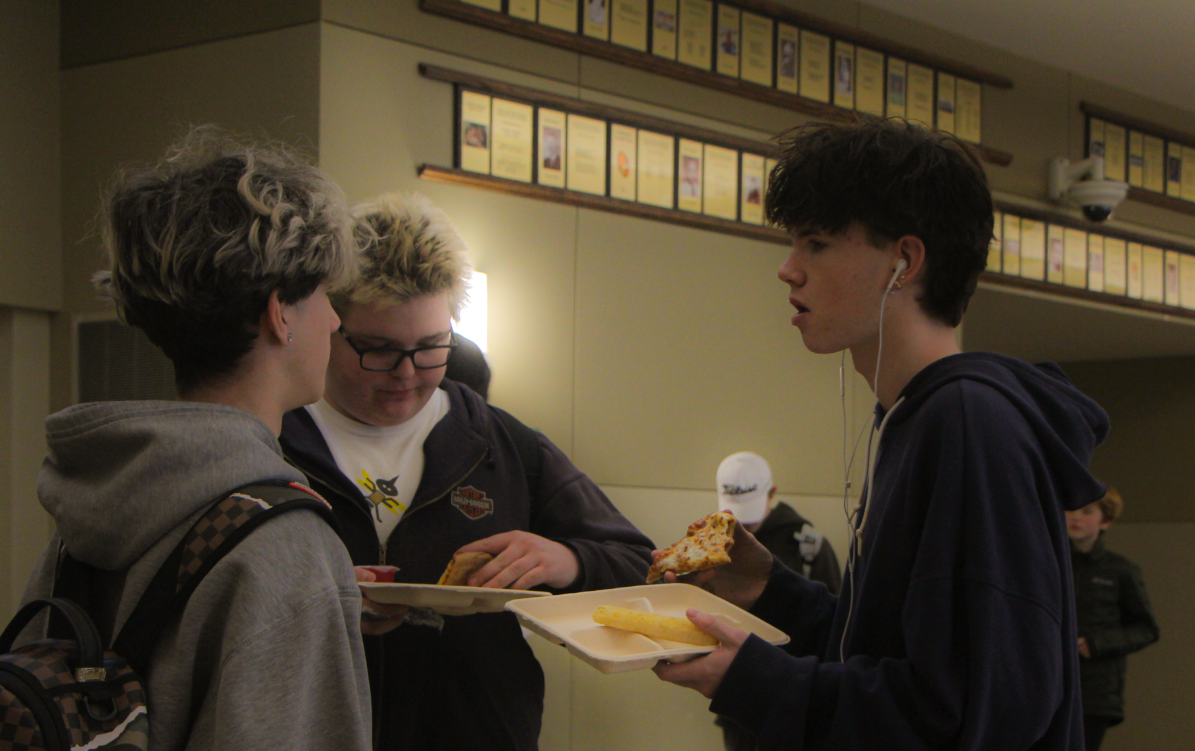




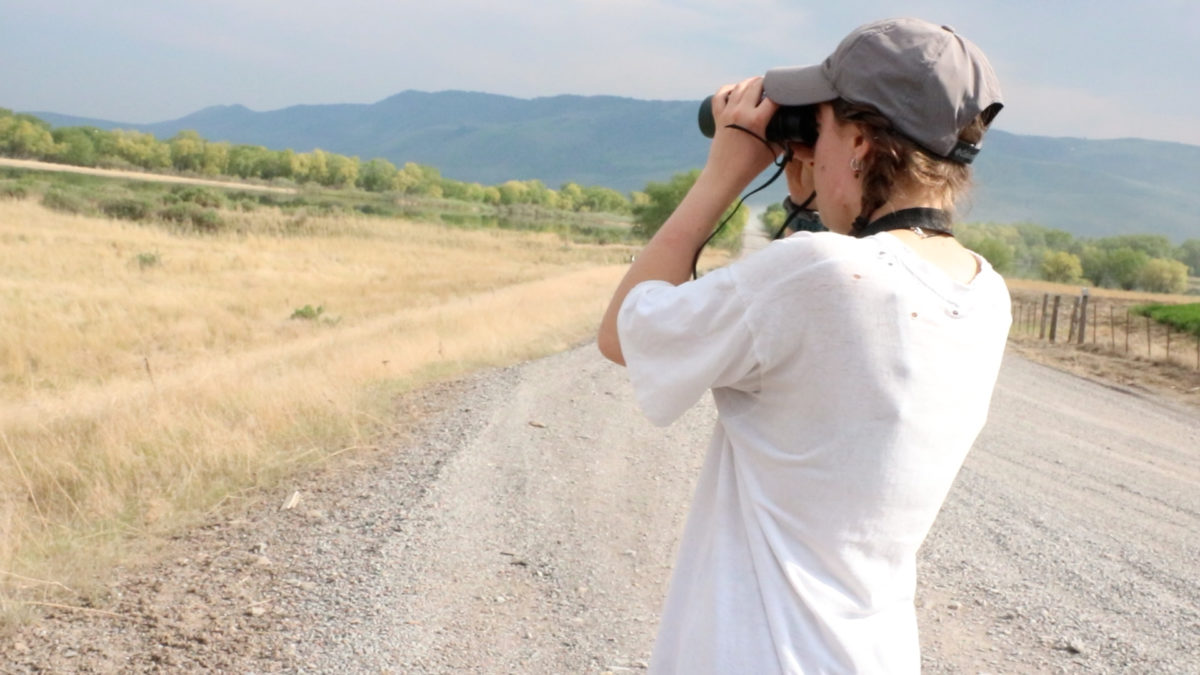
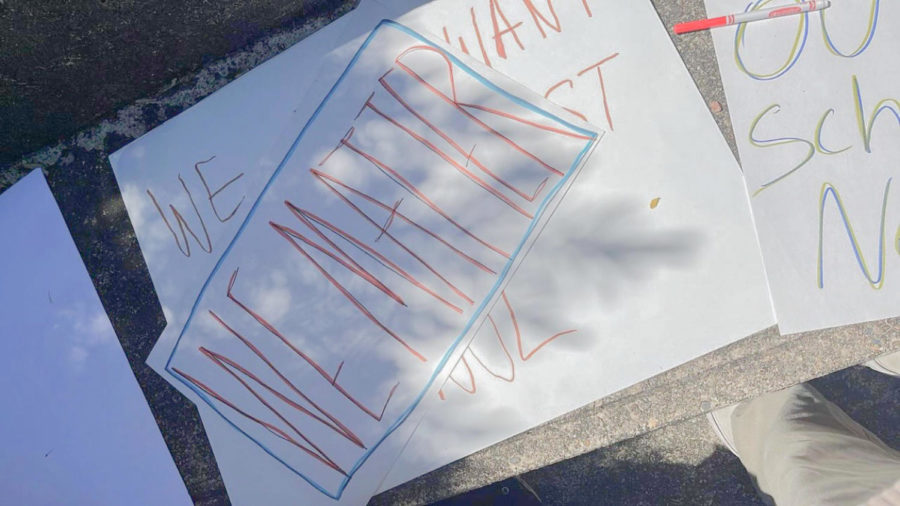
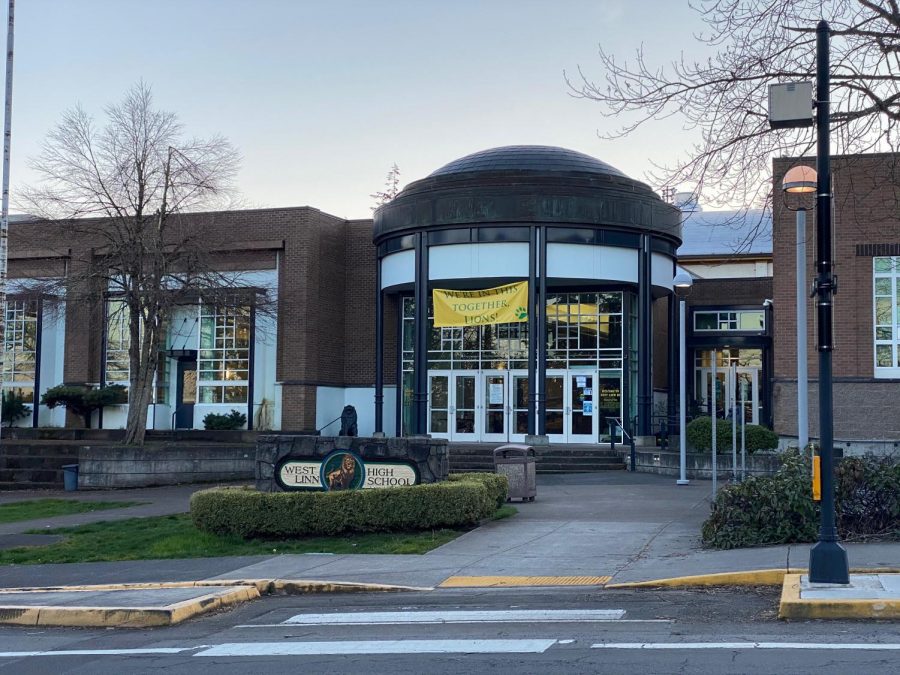

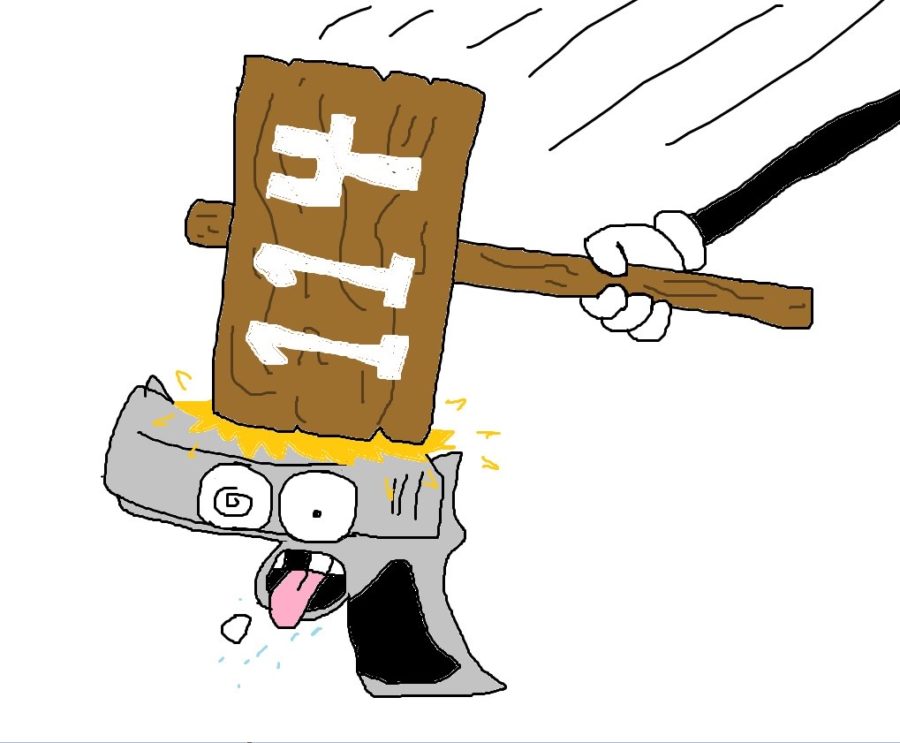
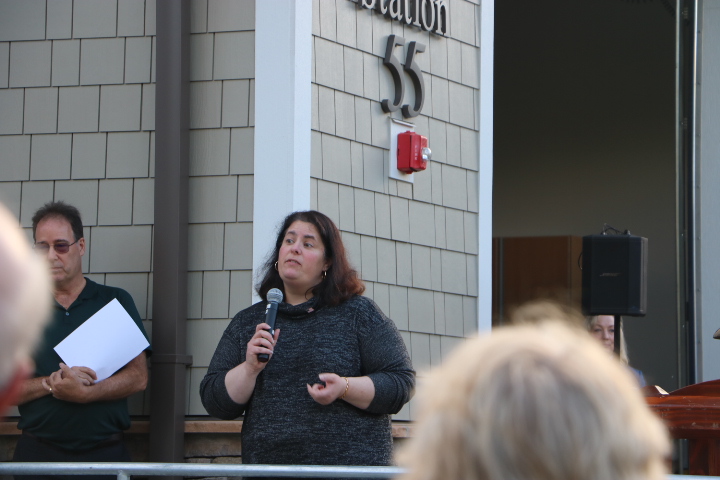
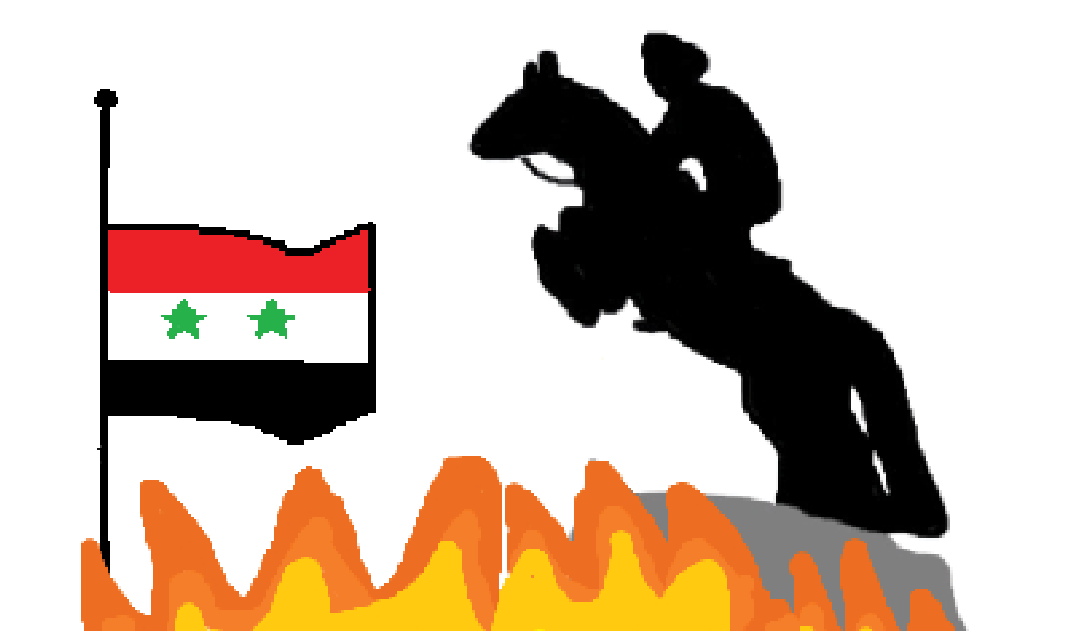
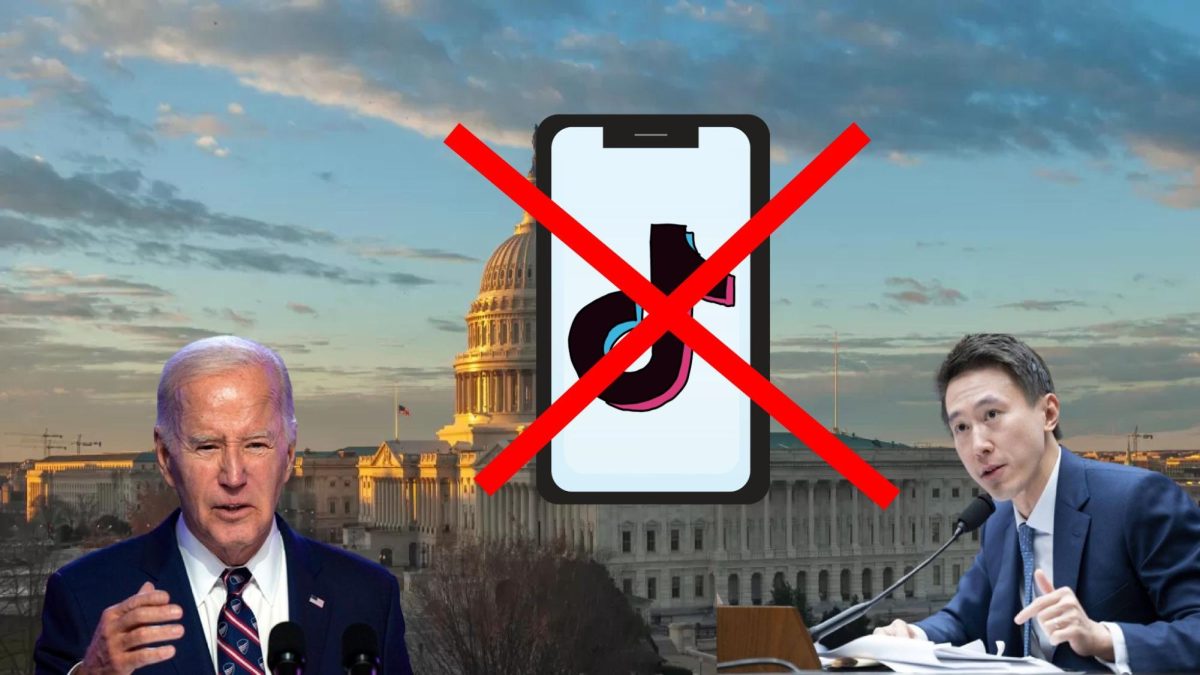



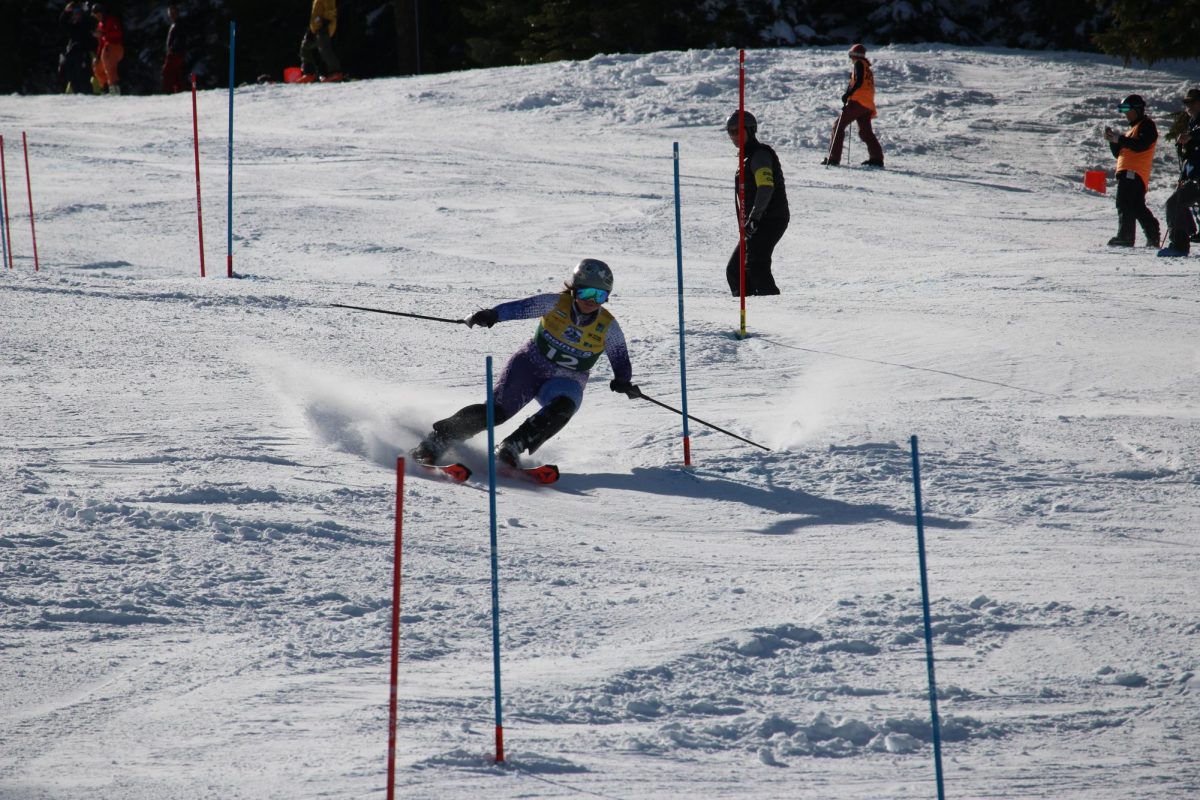
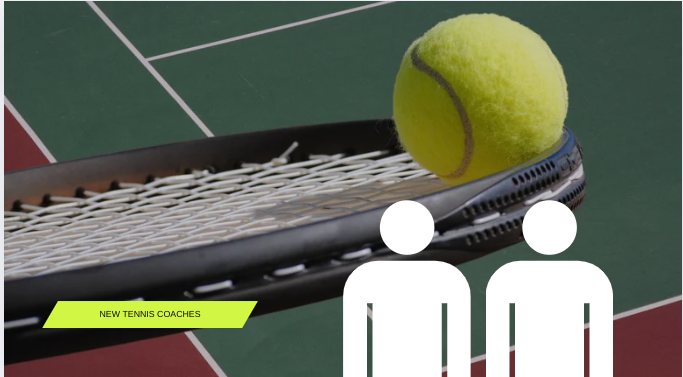
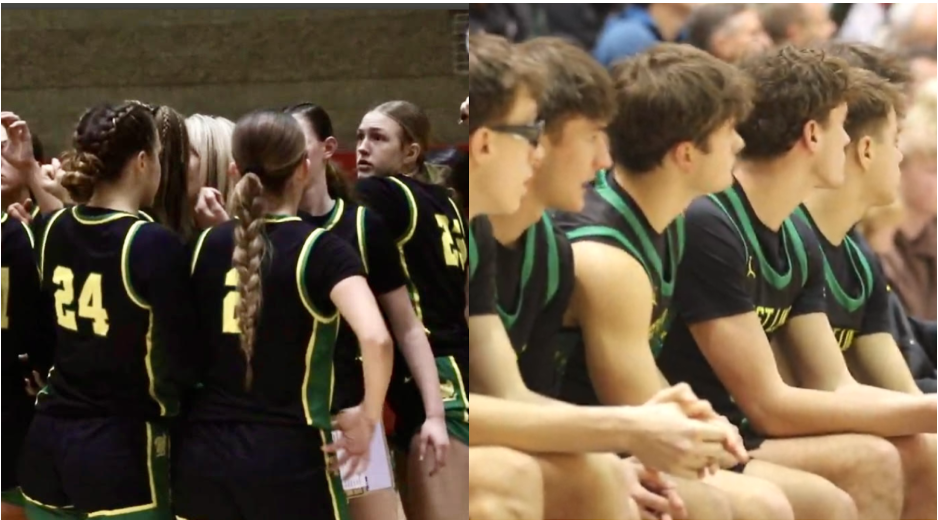
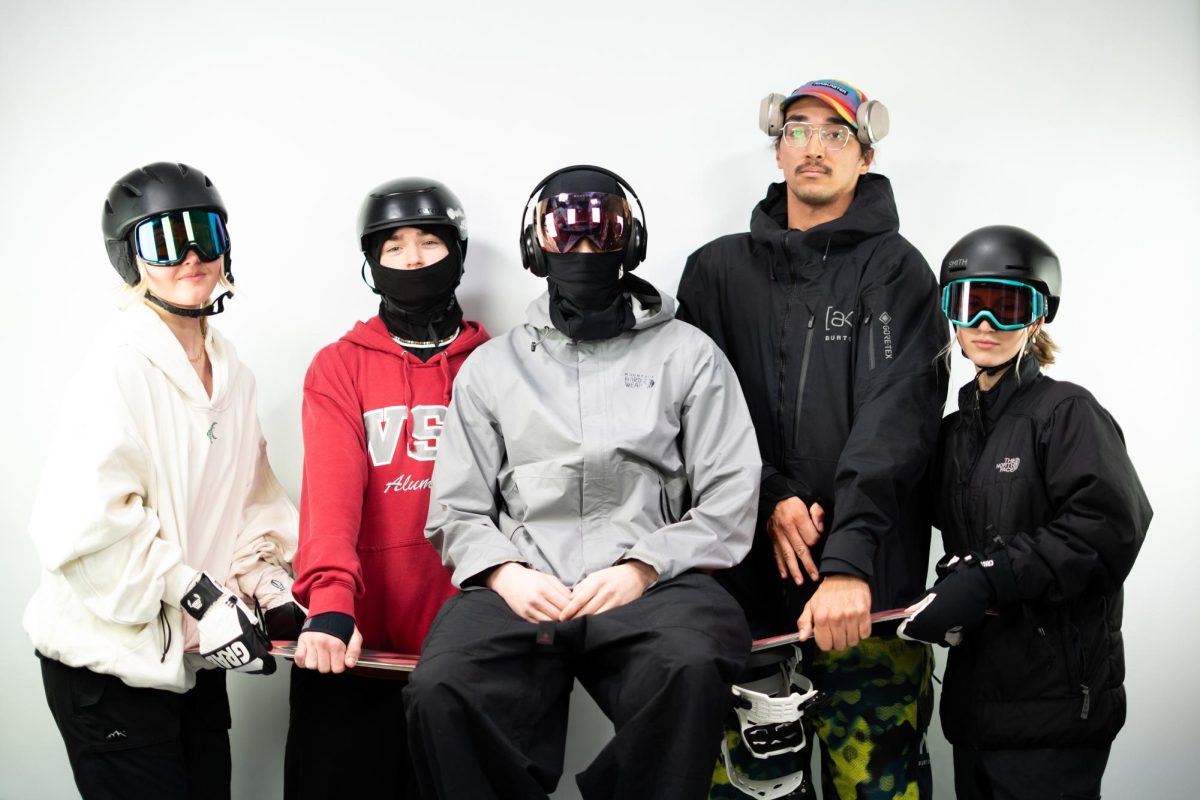

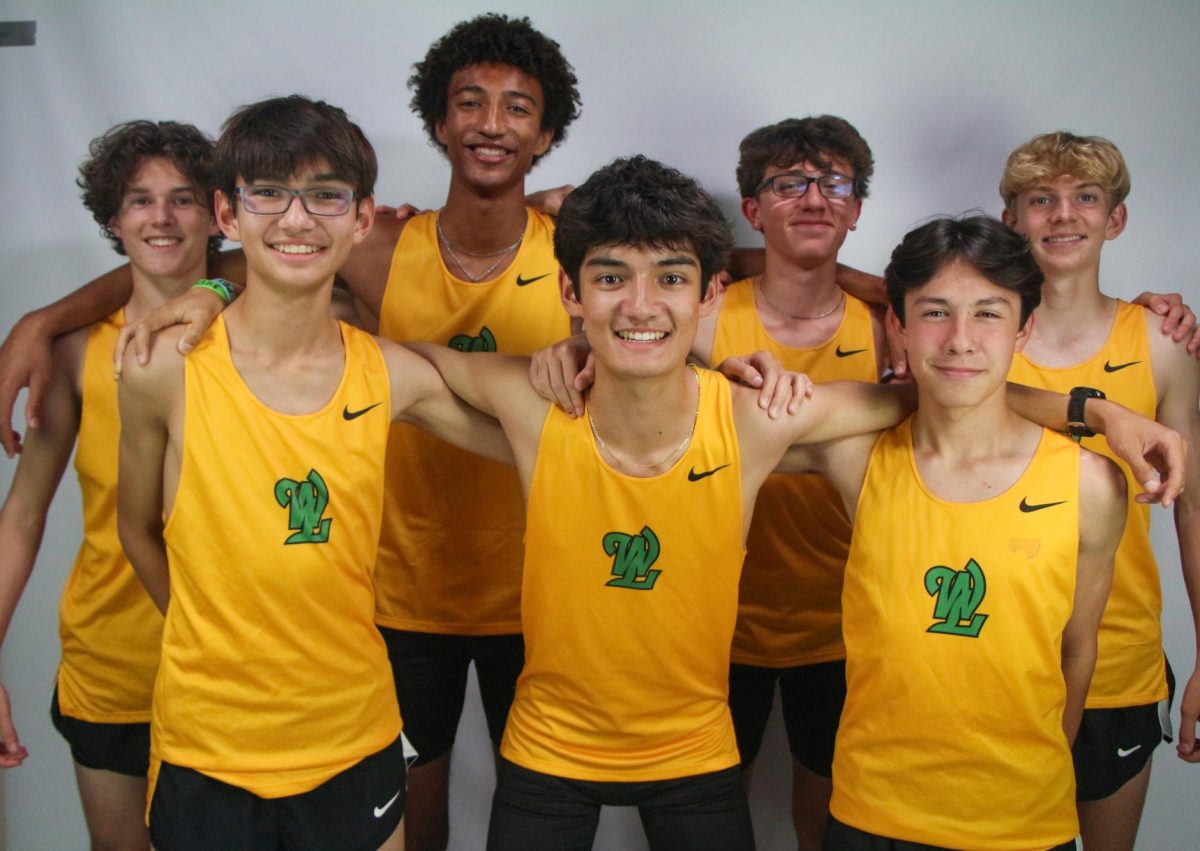

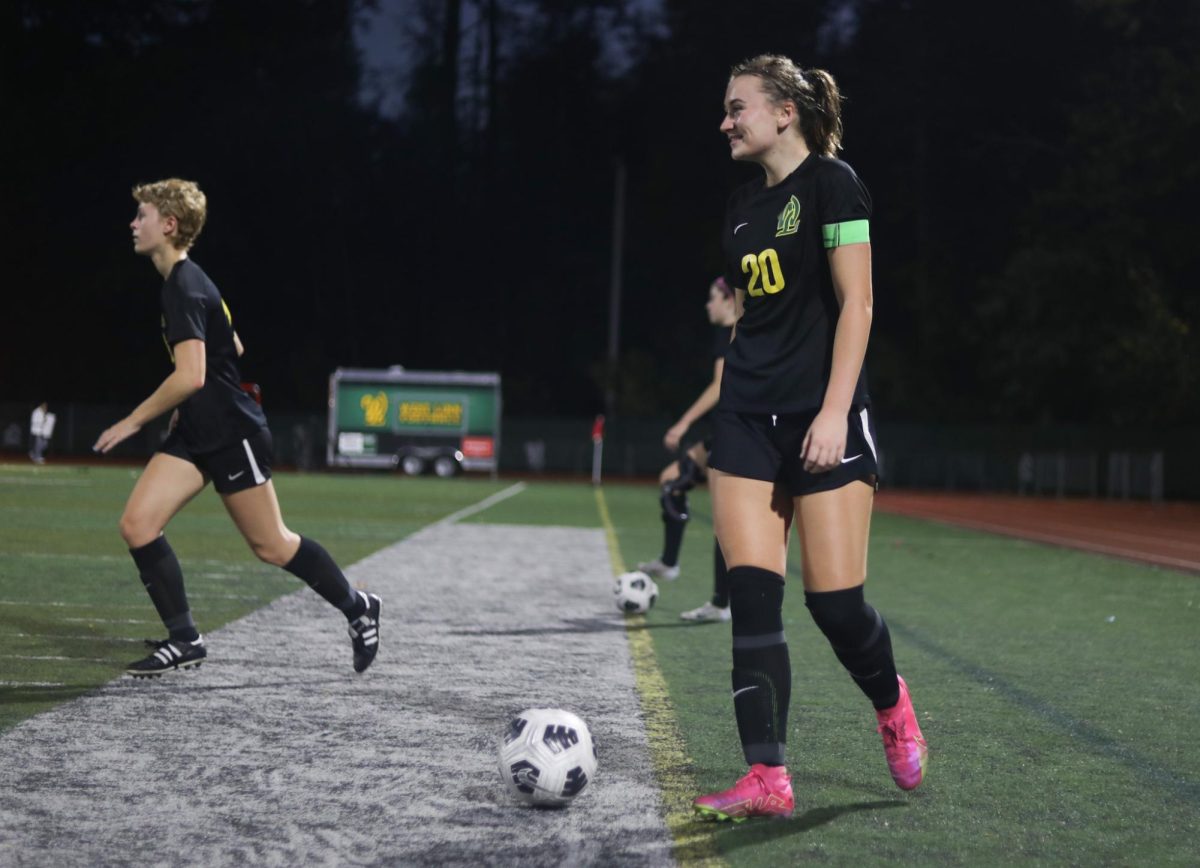
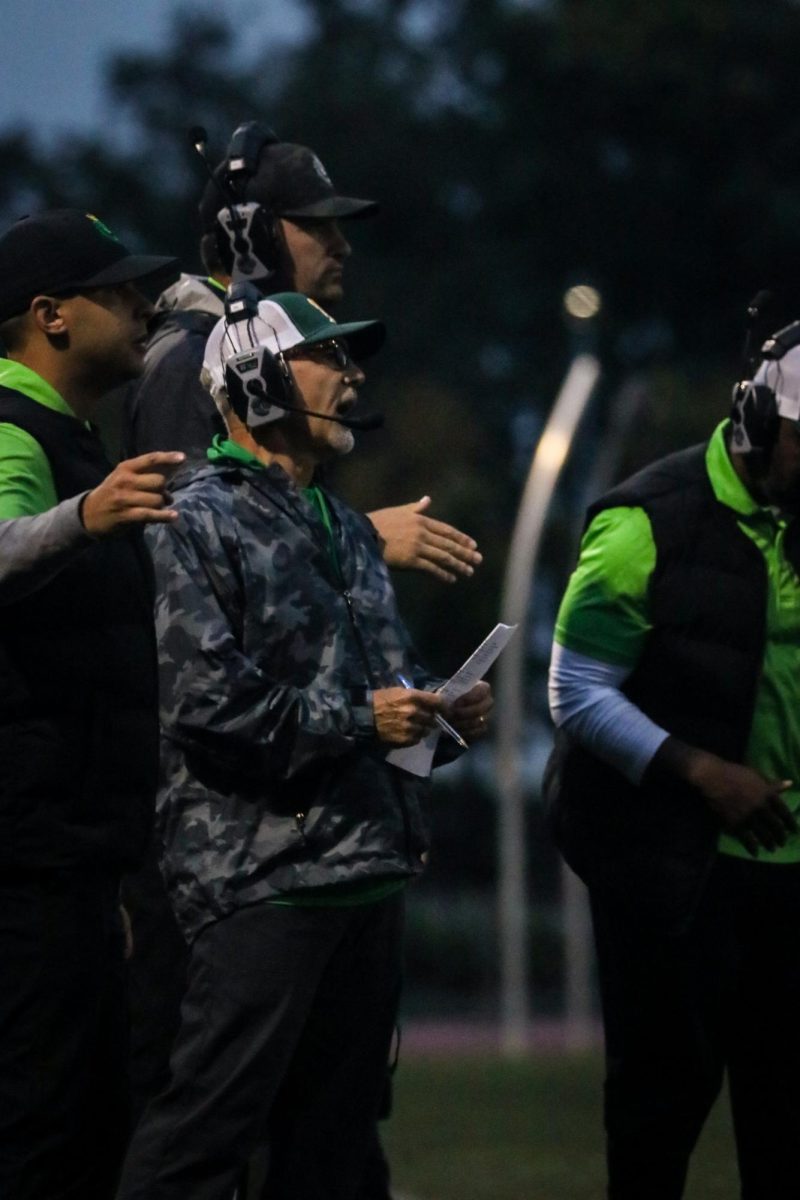
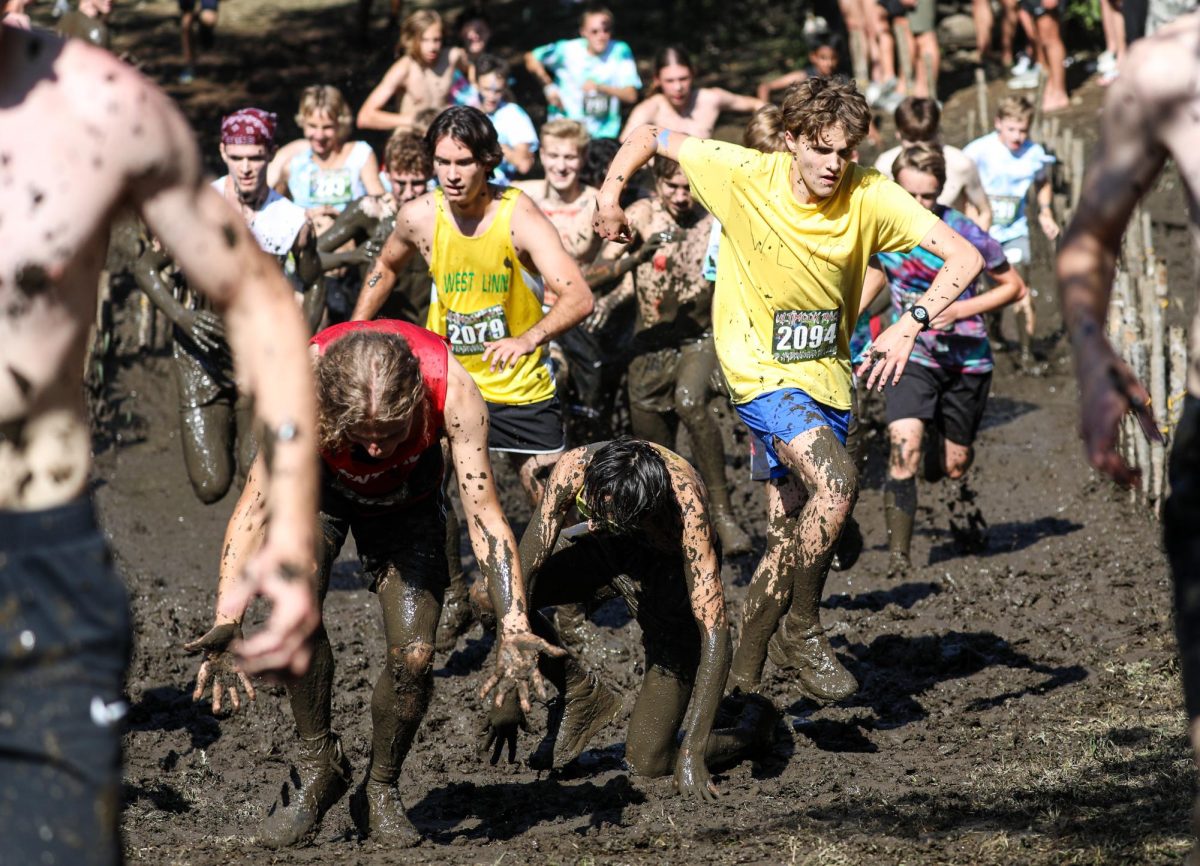
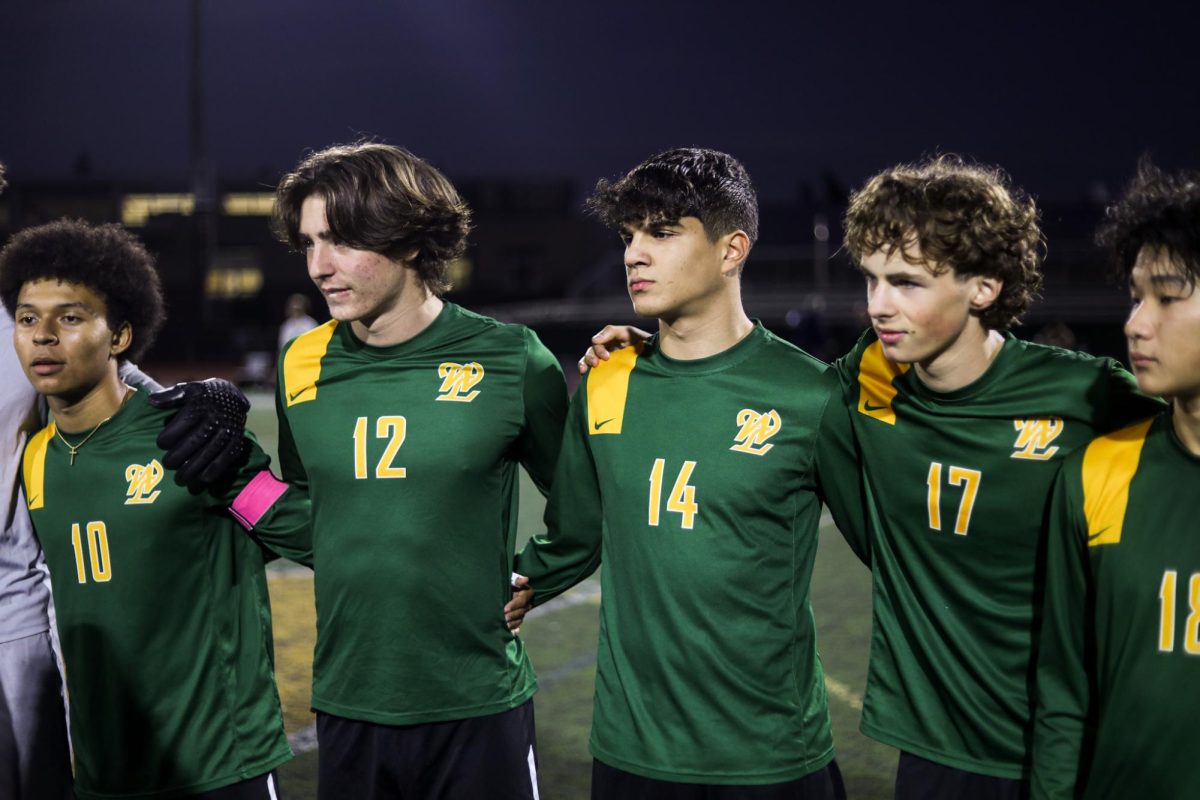
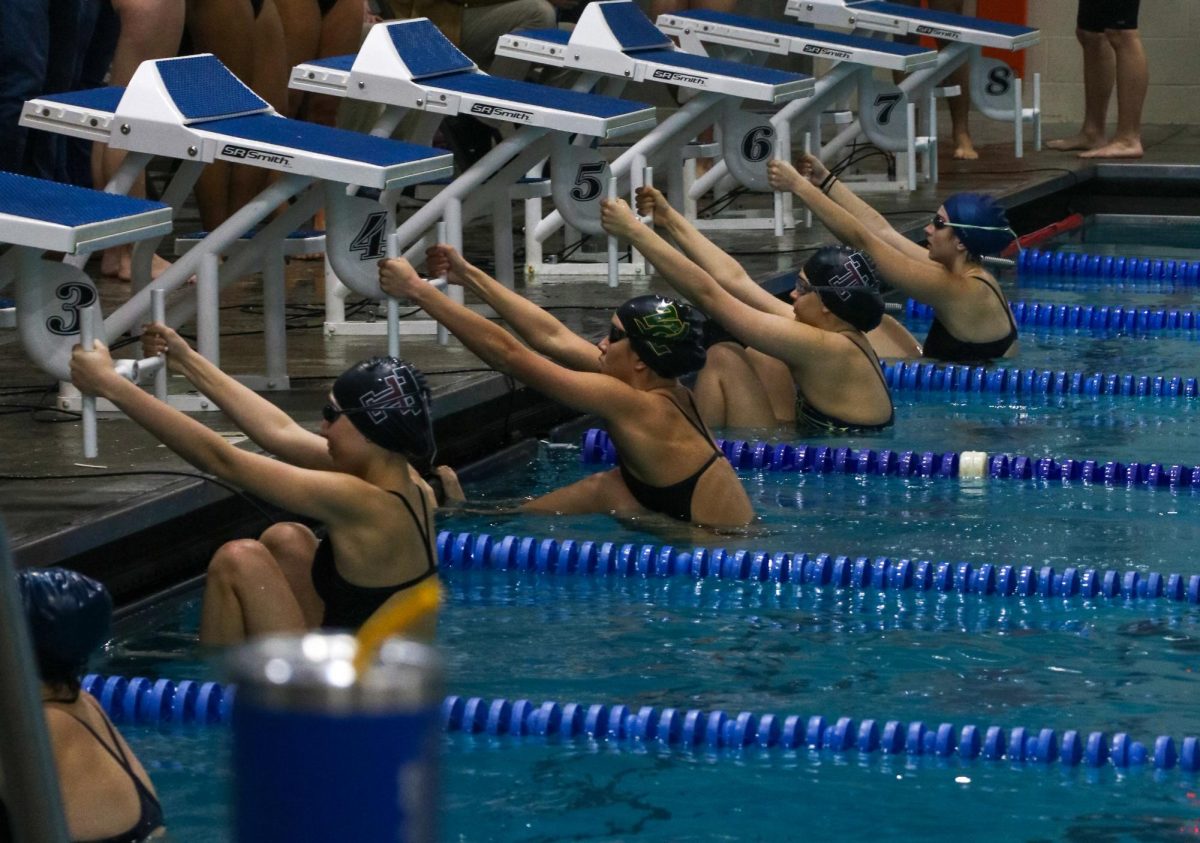
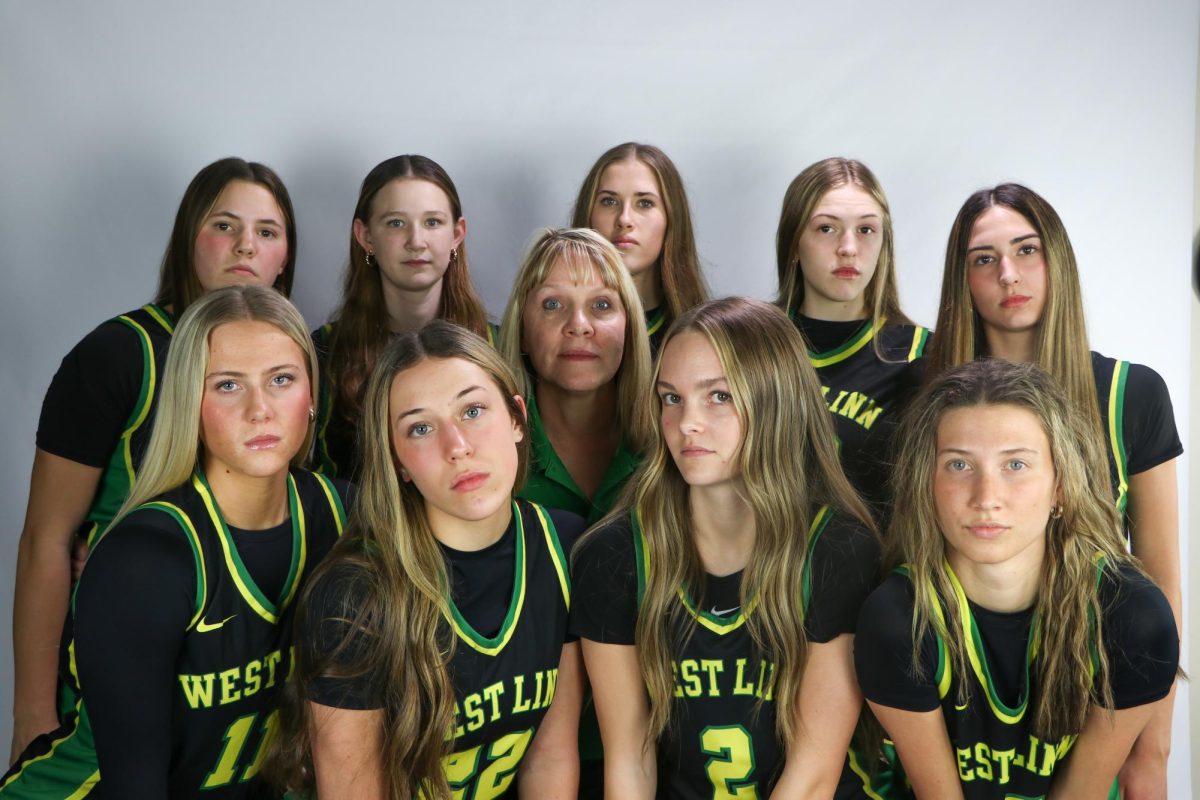
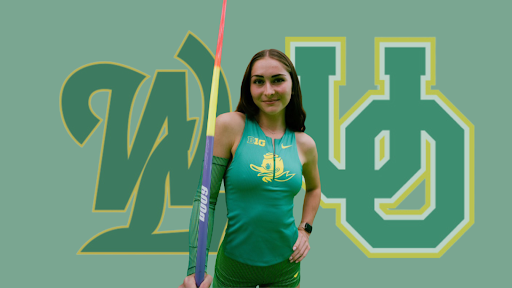
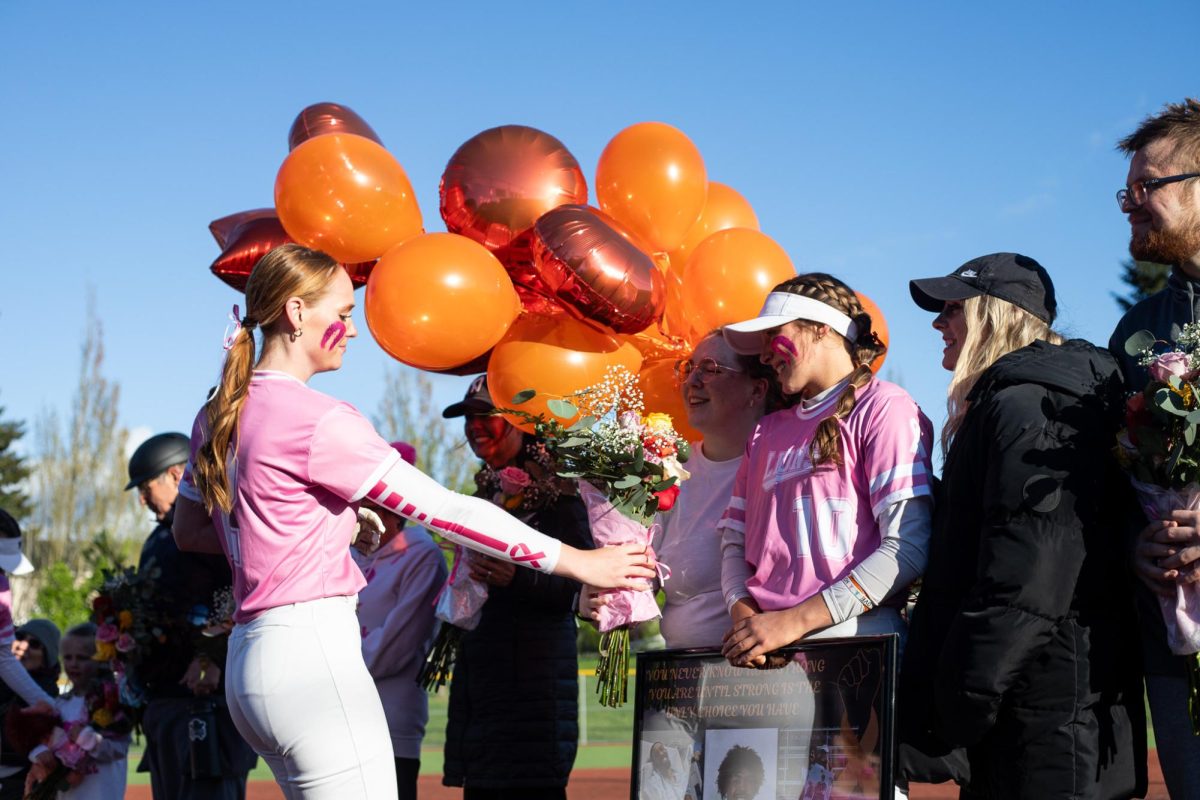
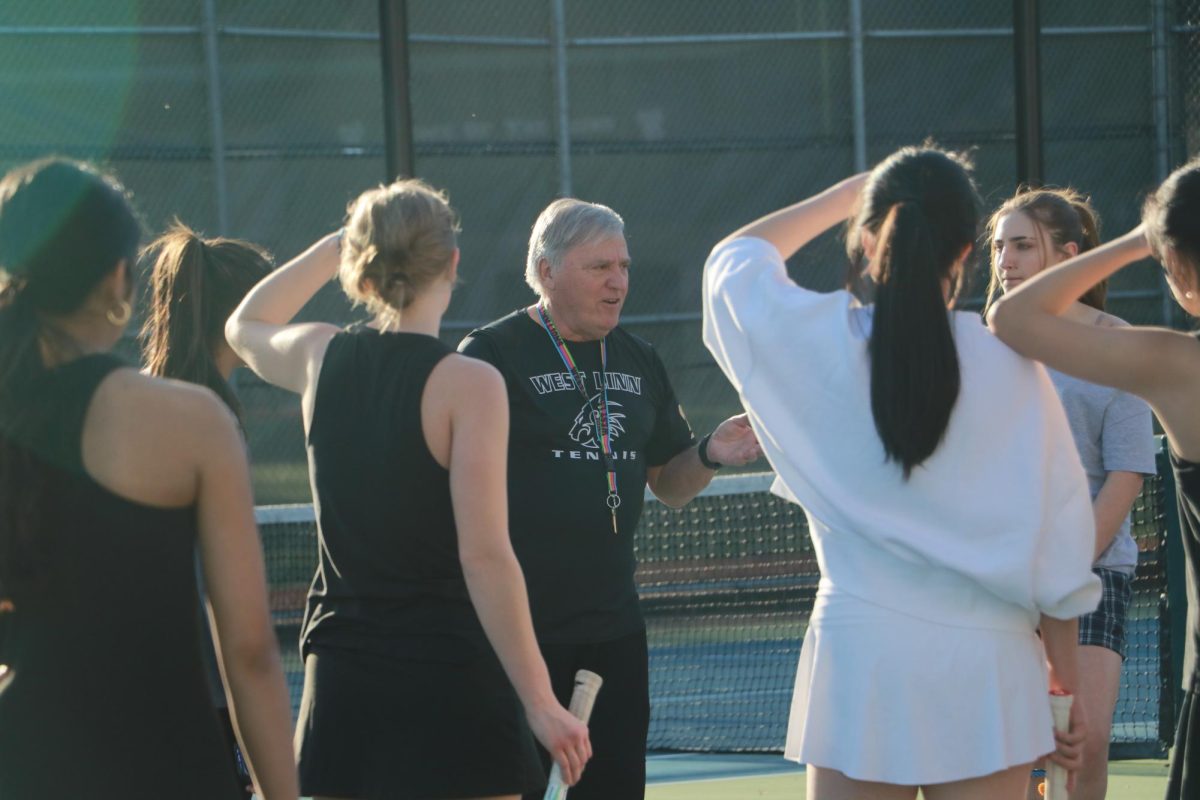
![At the bottom of the third inning, the Lions are still scoreless. Rowe stands at home plate, preparing to bat, while Vandenbrink stands off to the side as the next batter up. Despite having the bases loaded, the team was unable to score any runs. “It’s just the beginning of the season. We’re just going to be playing out best by June, [and] that’s where champions are,” Rowe said.](https://wlhsnow.com/wp-content/uploads/2024/03/IMG_3077-1200x900.jpg)
